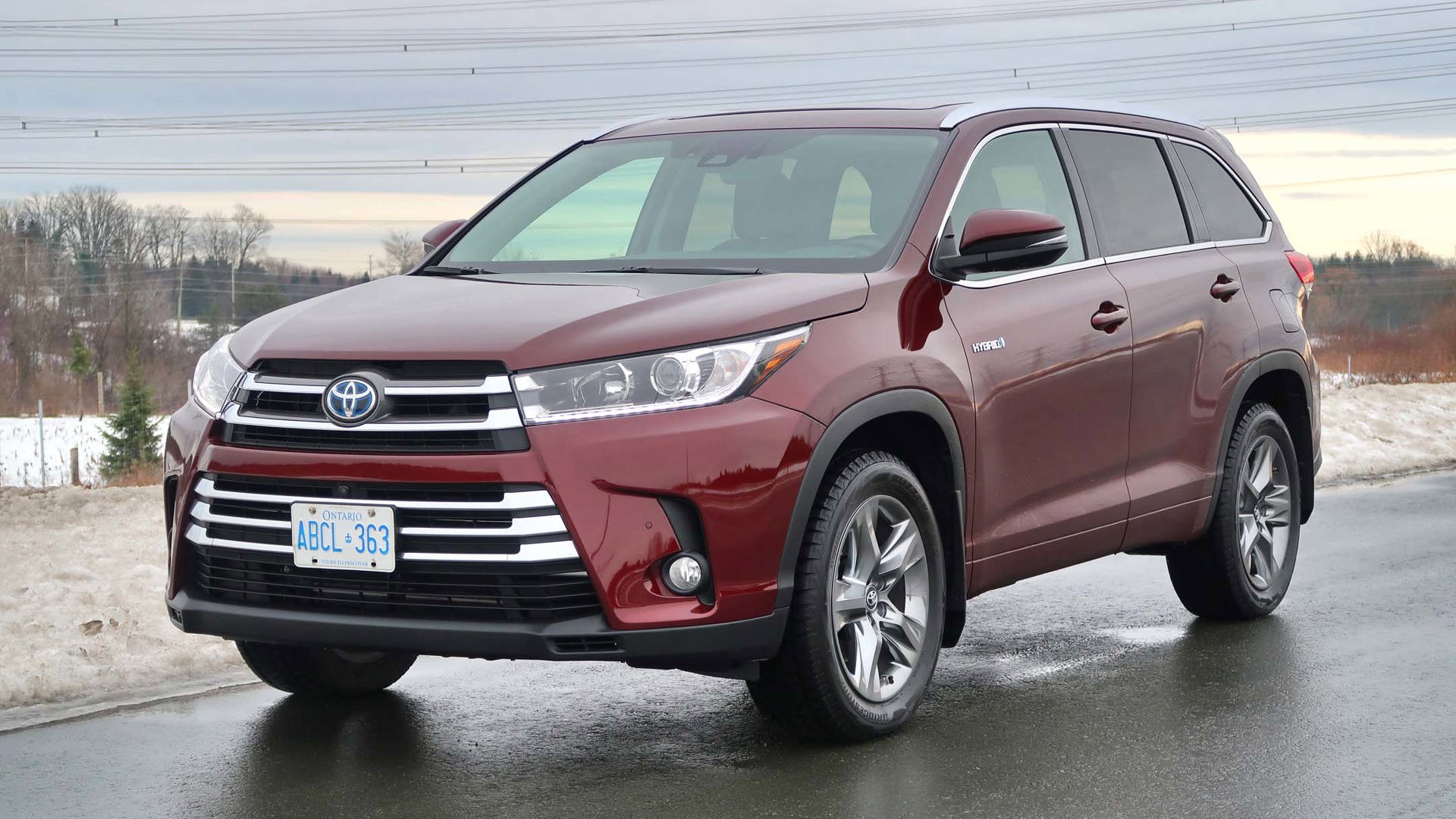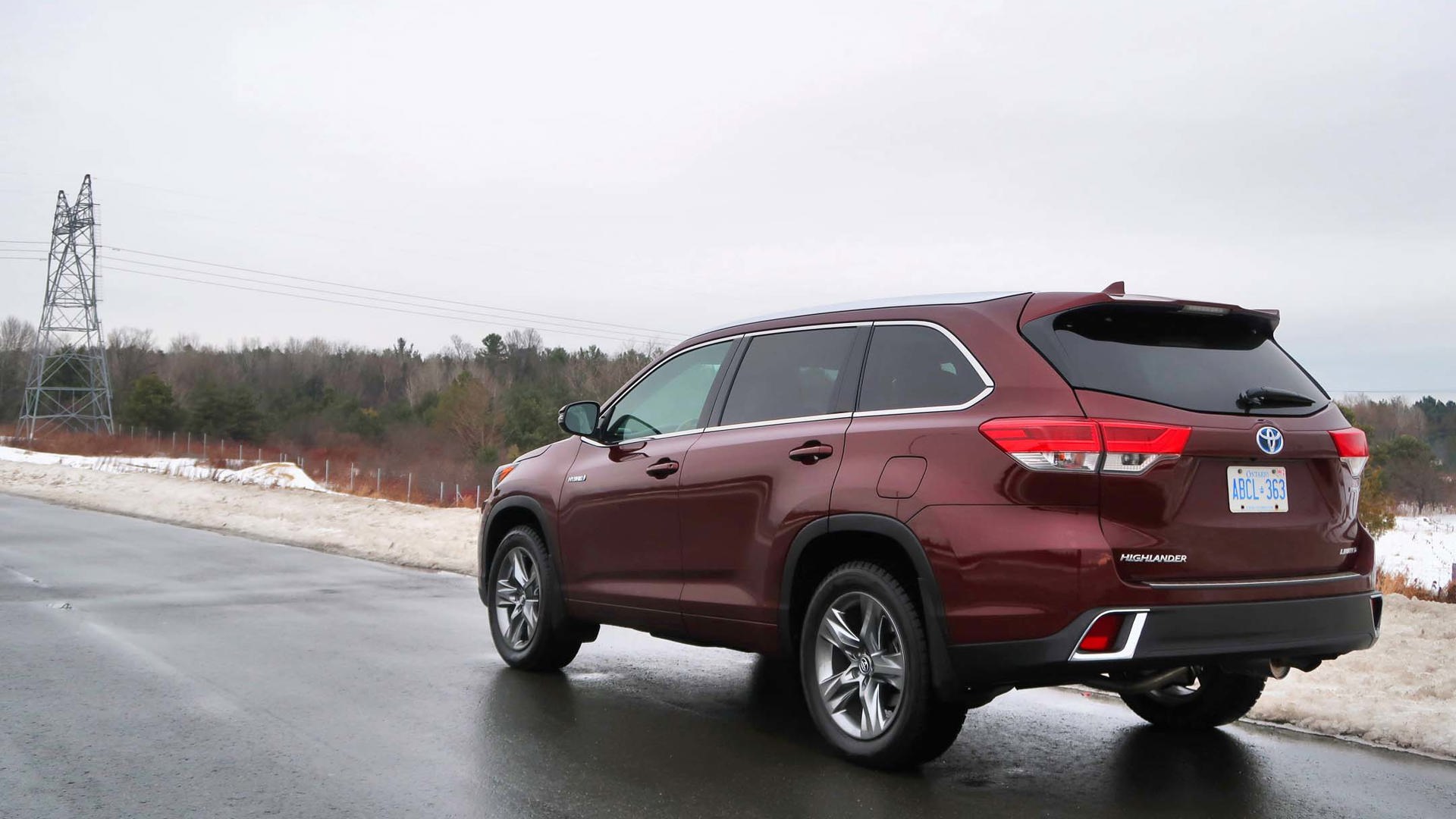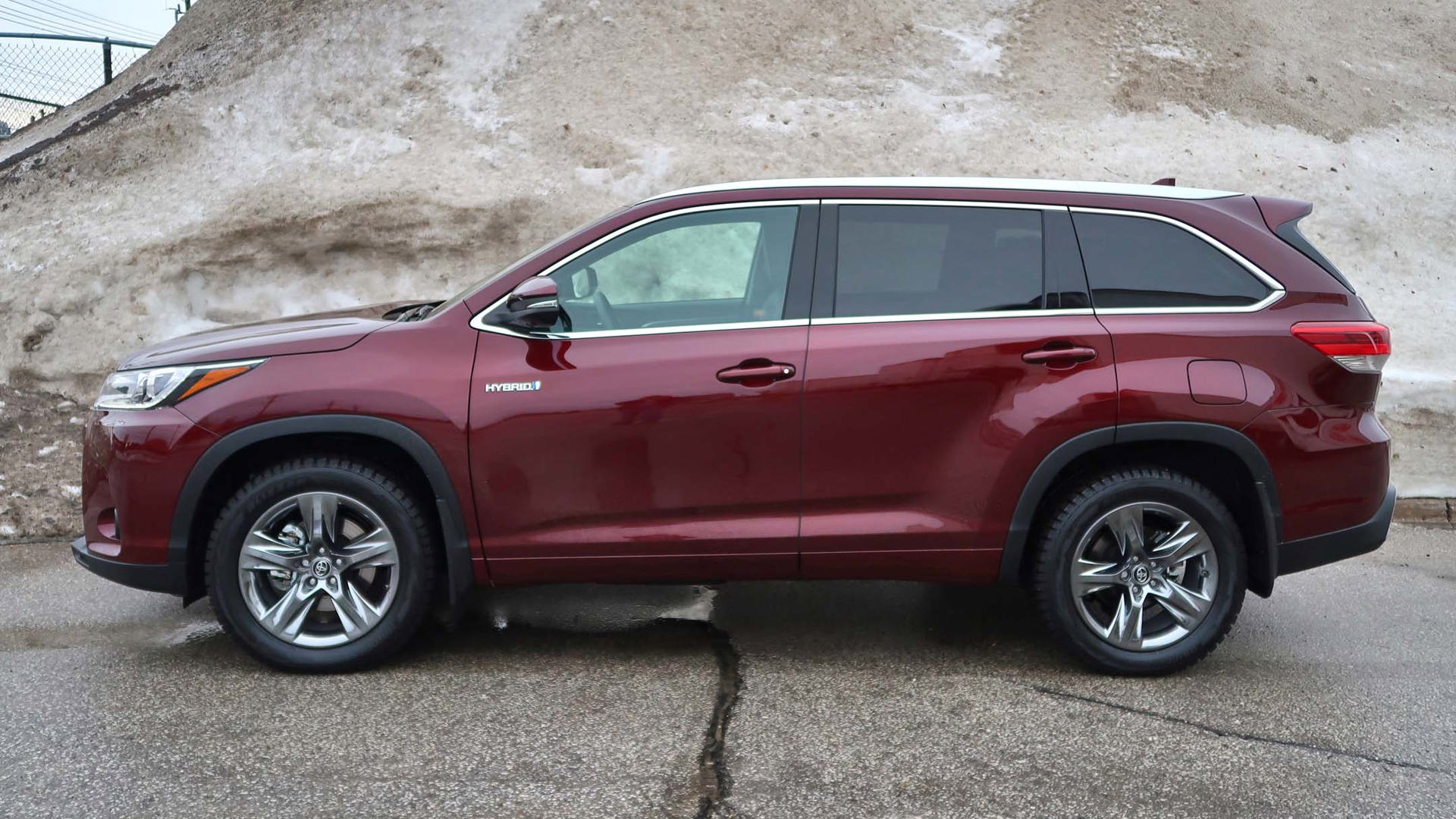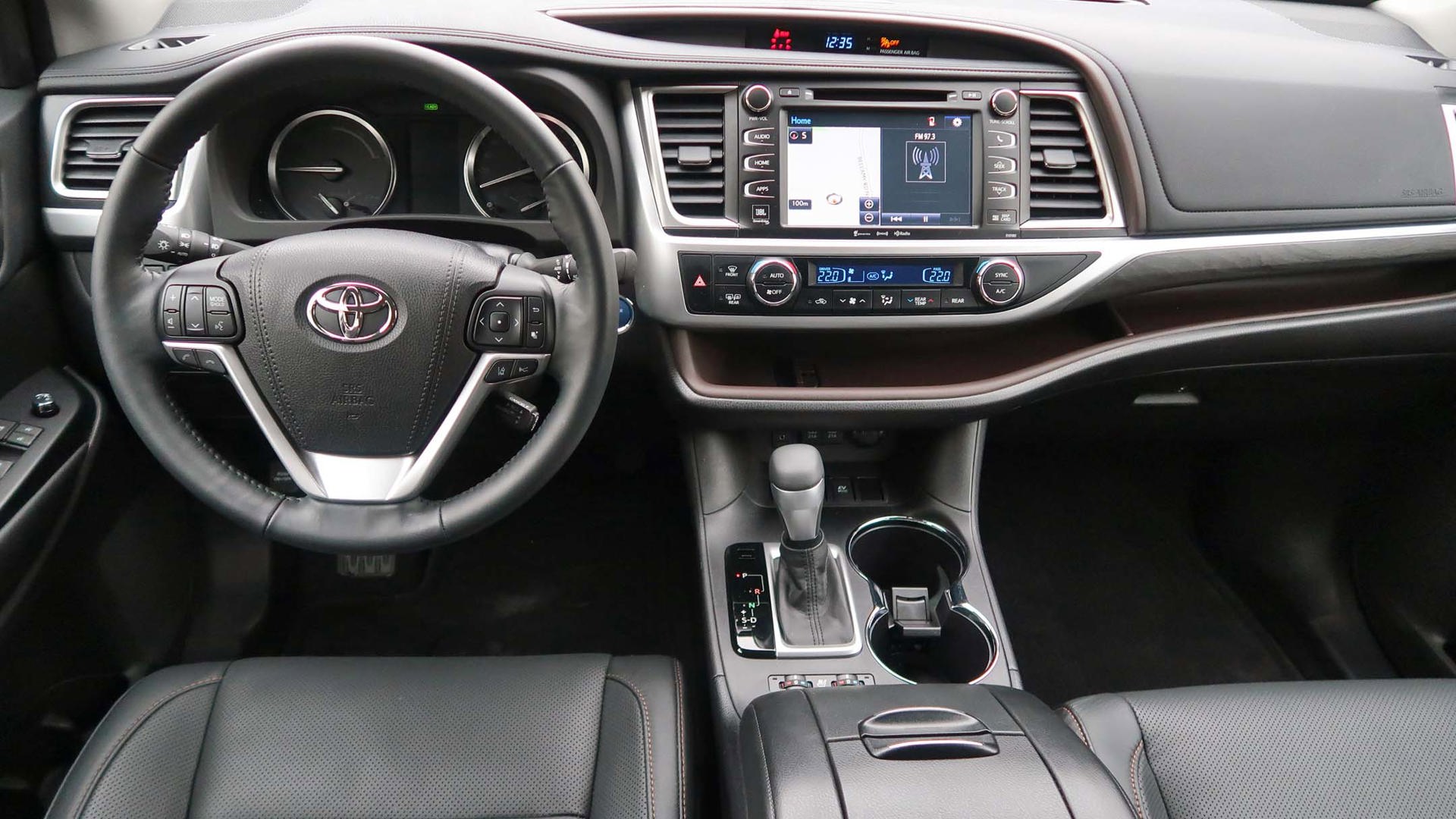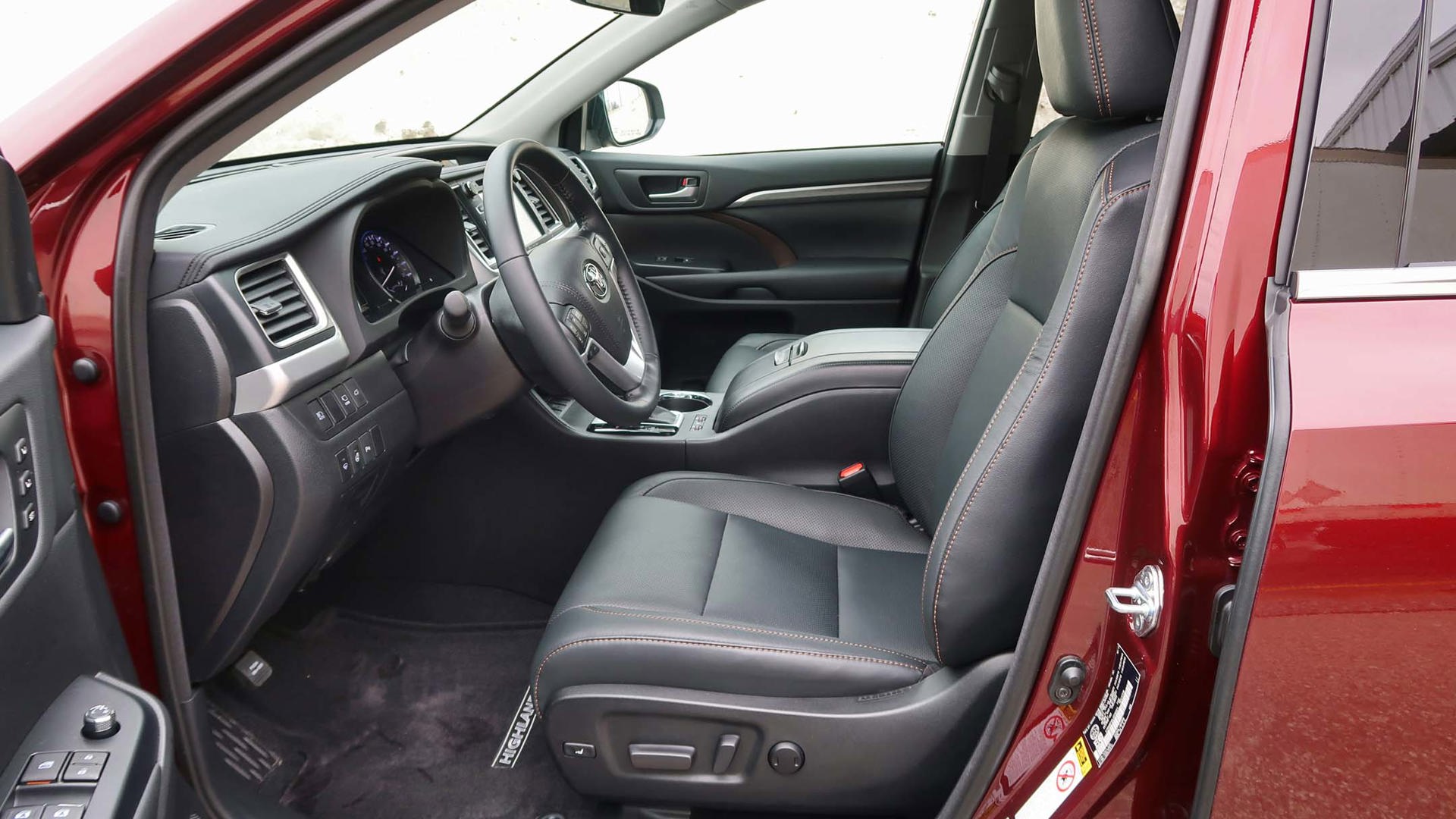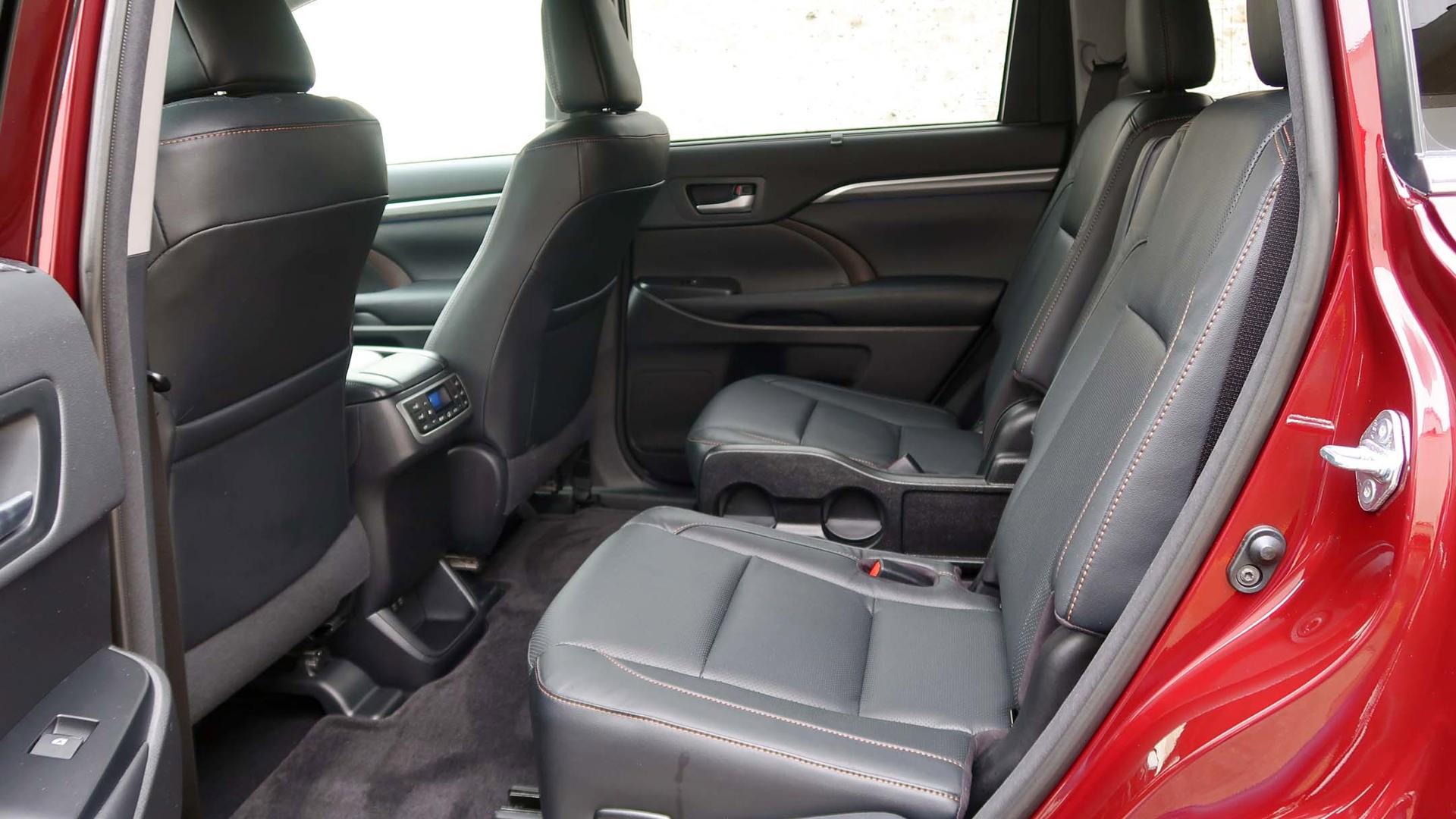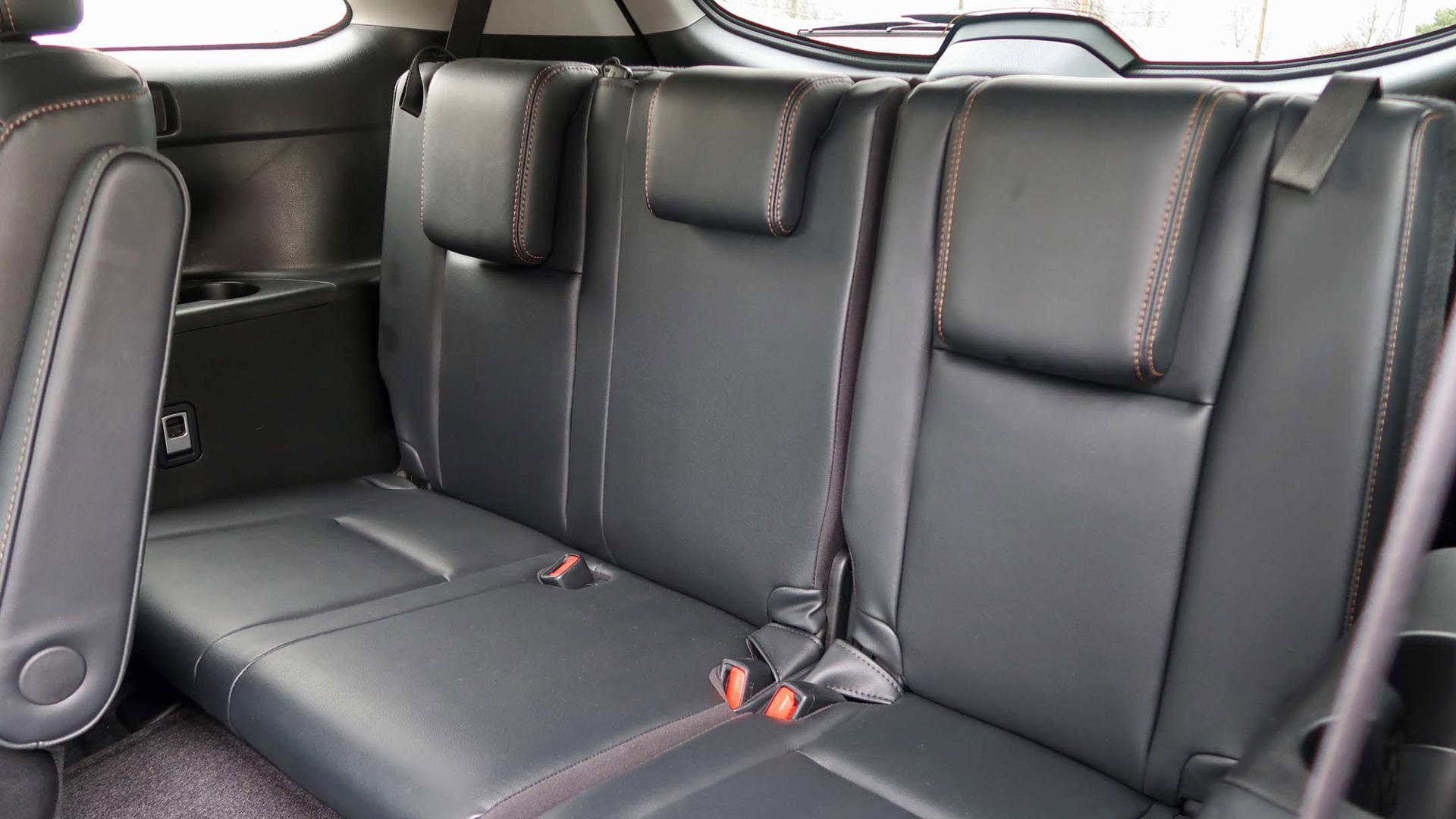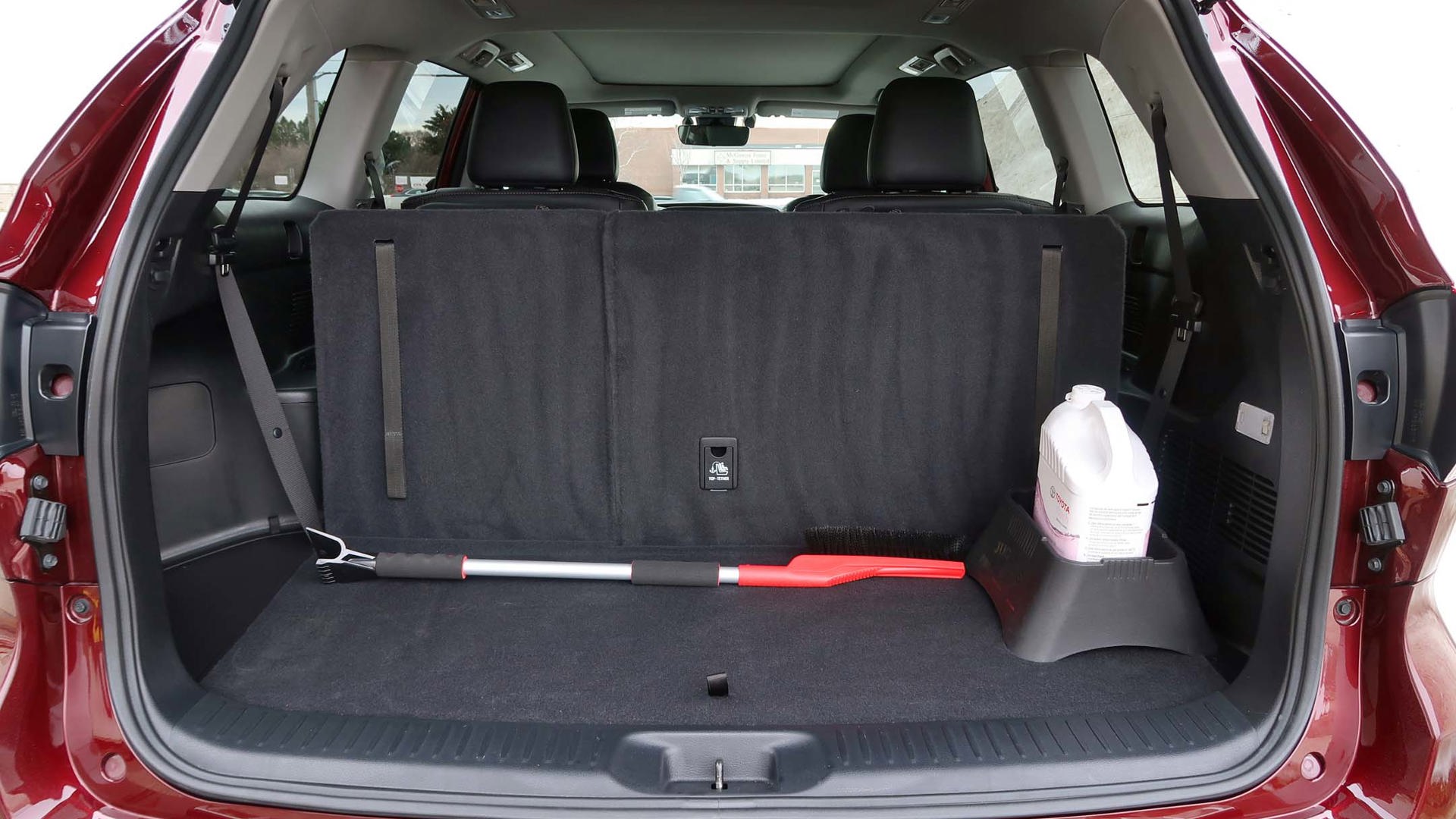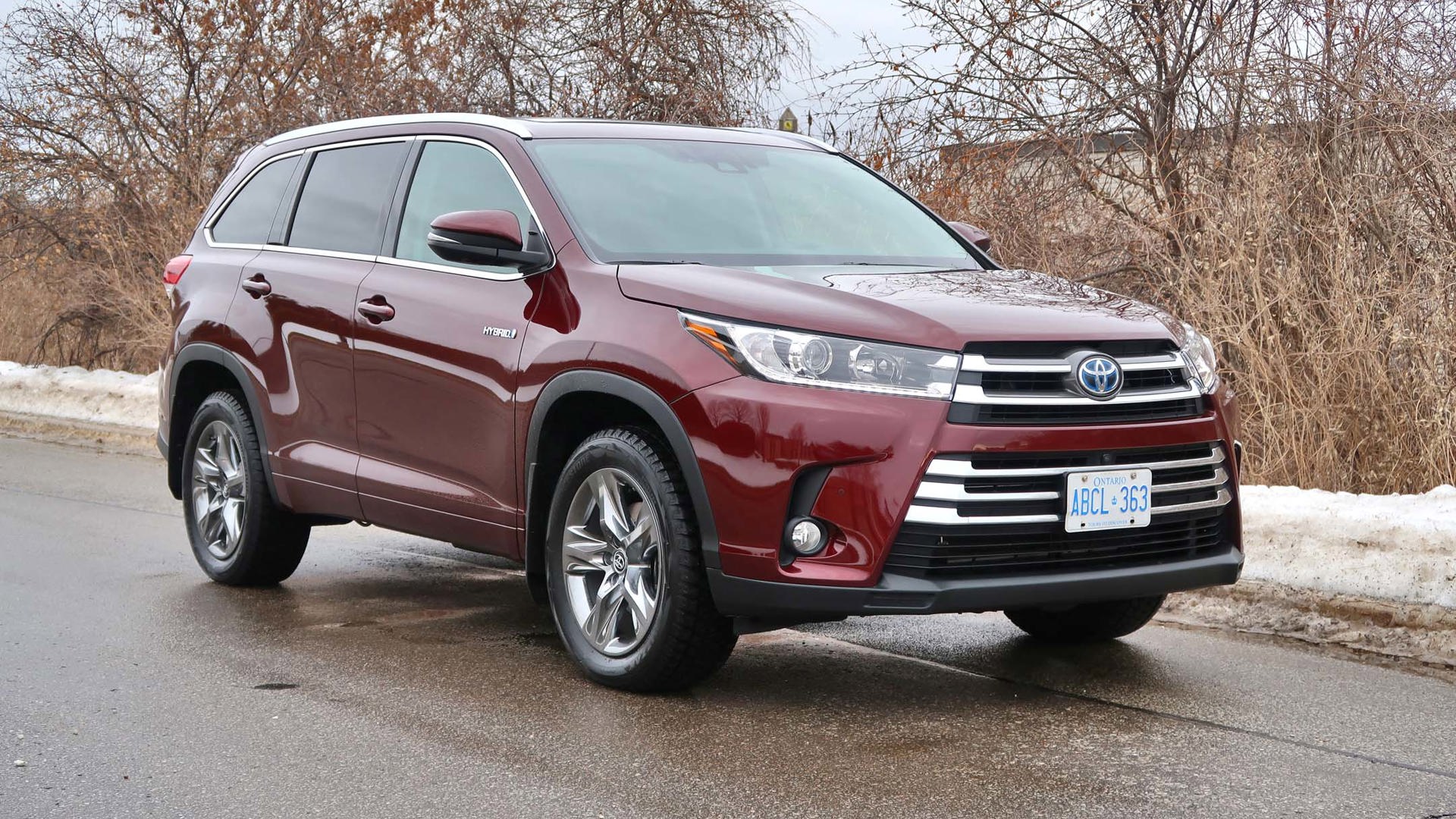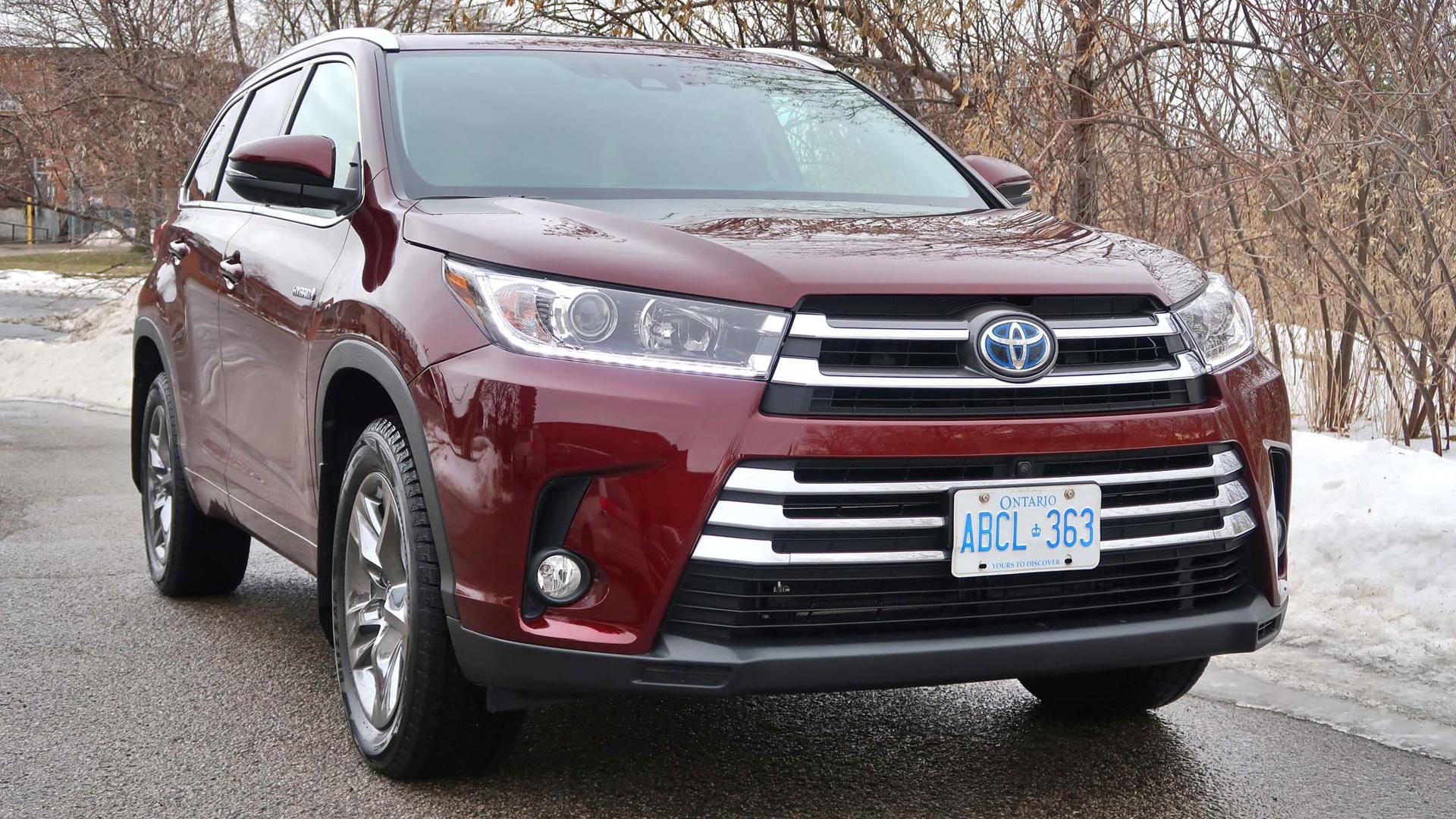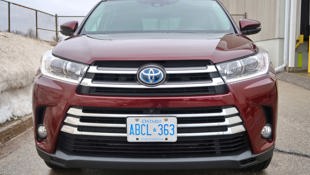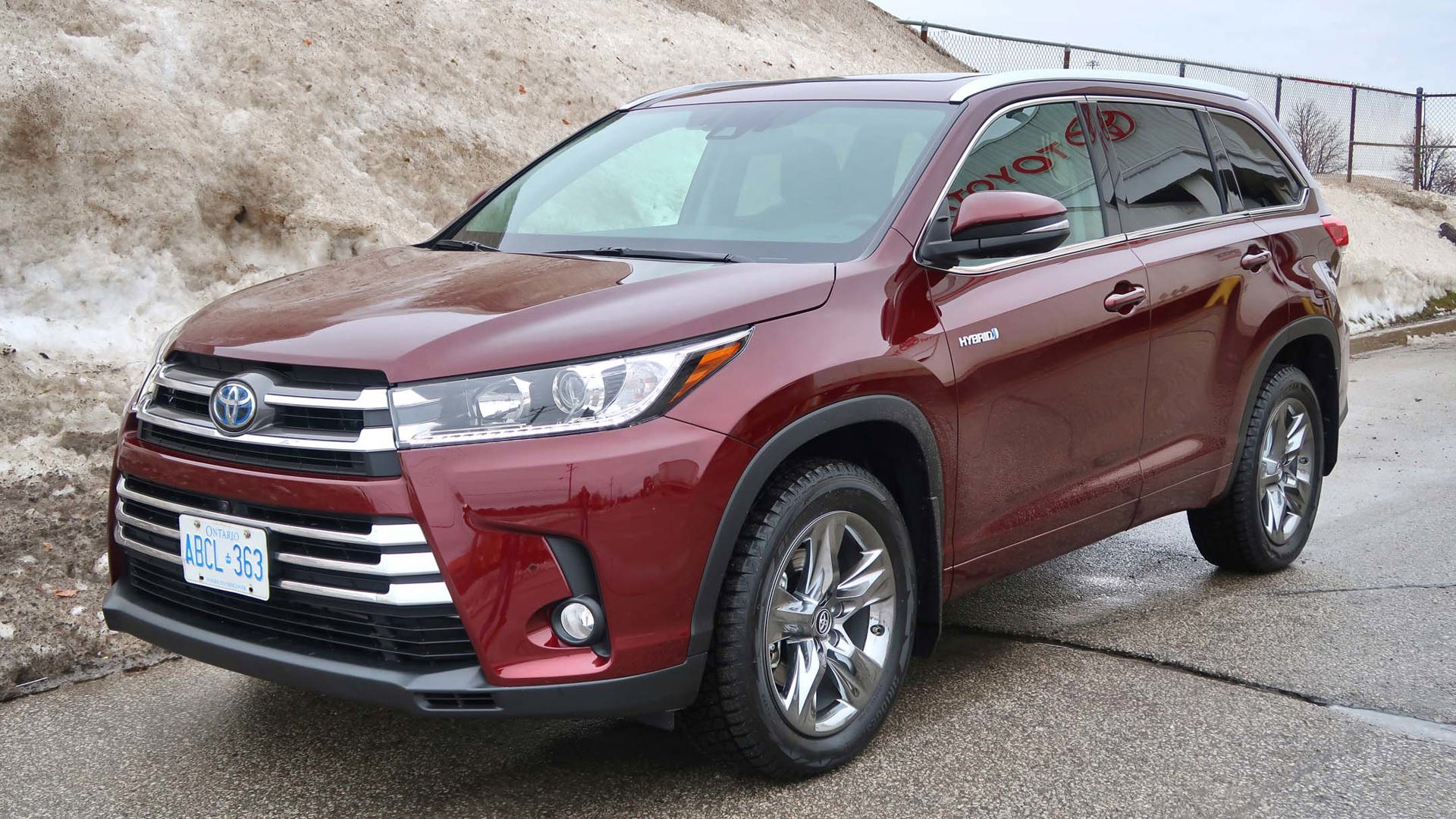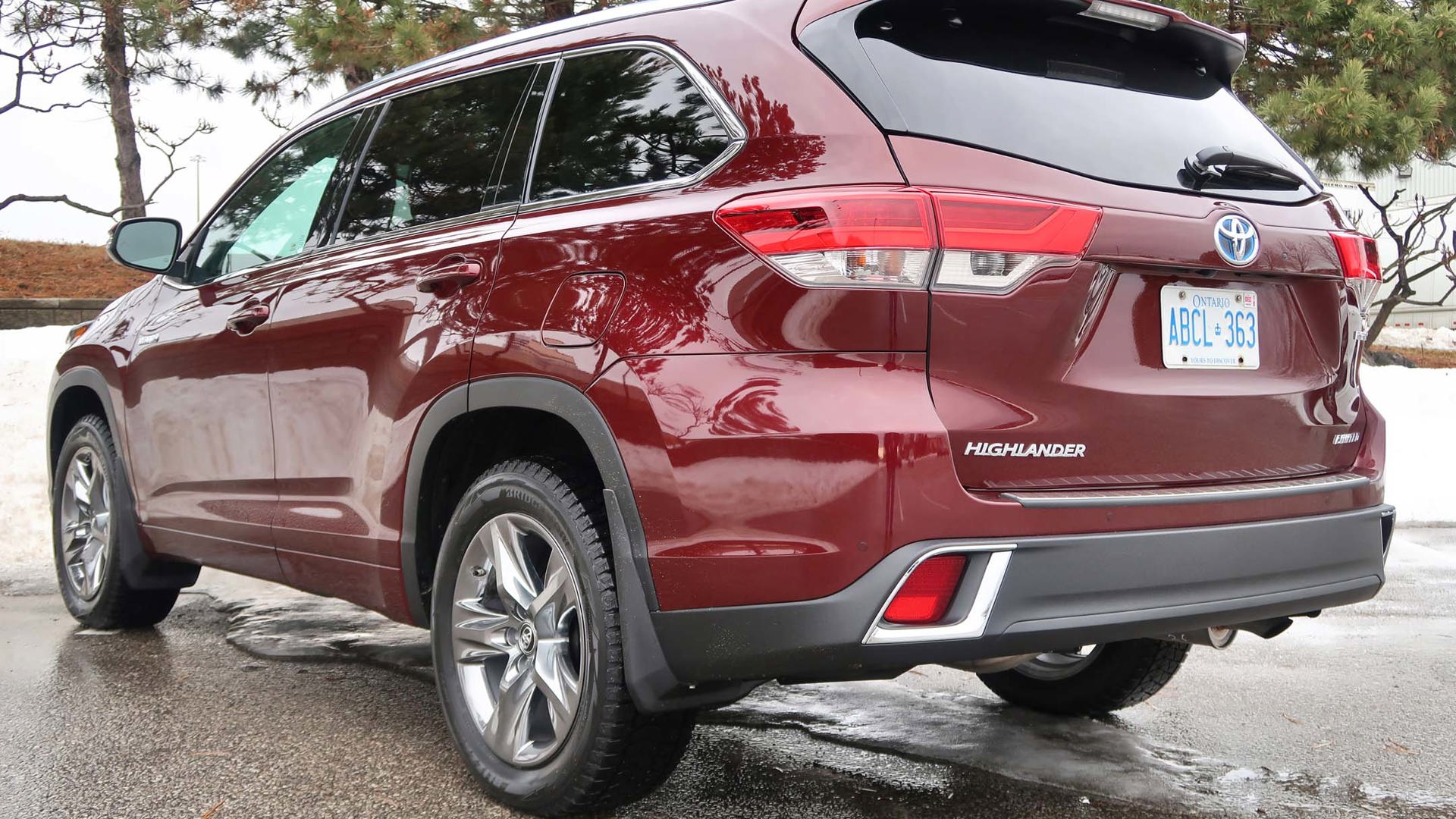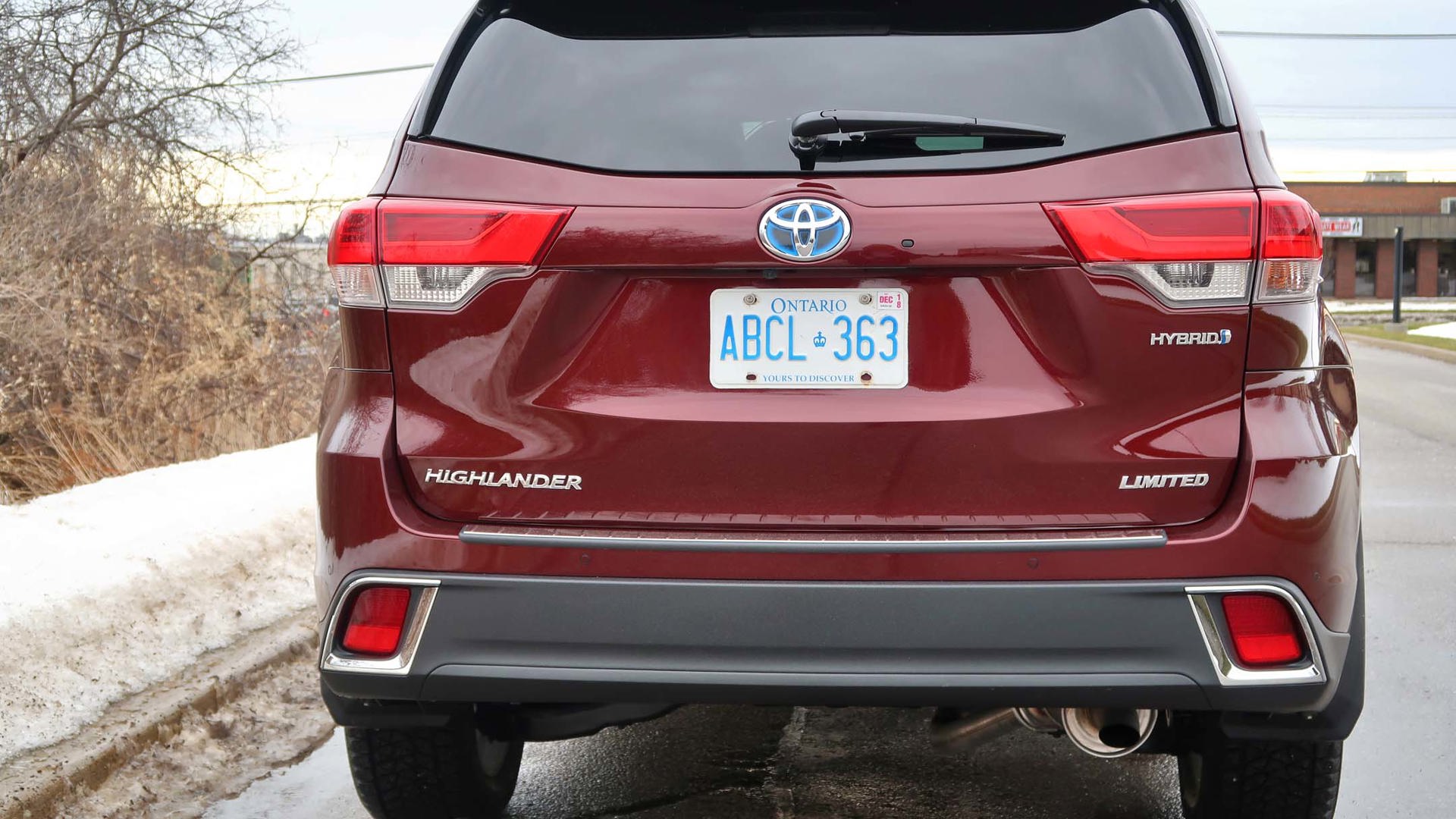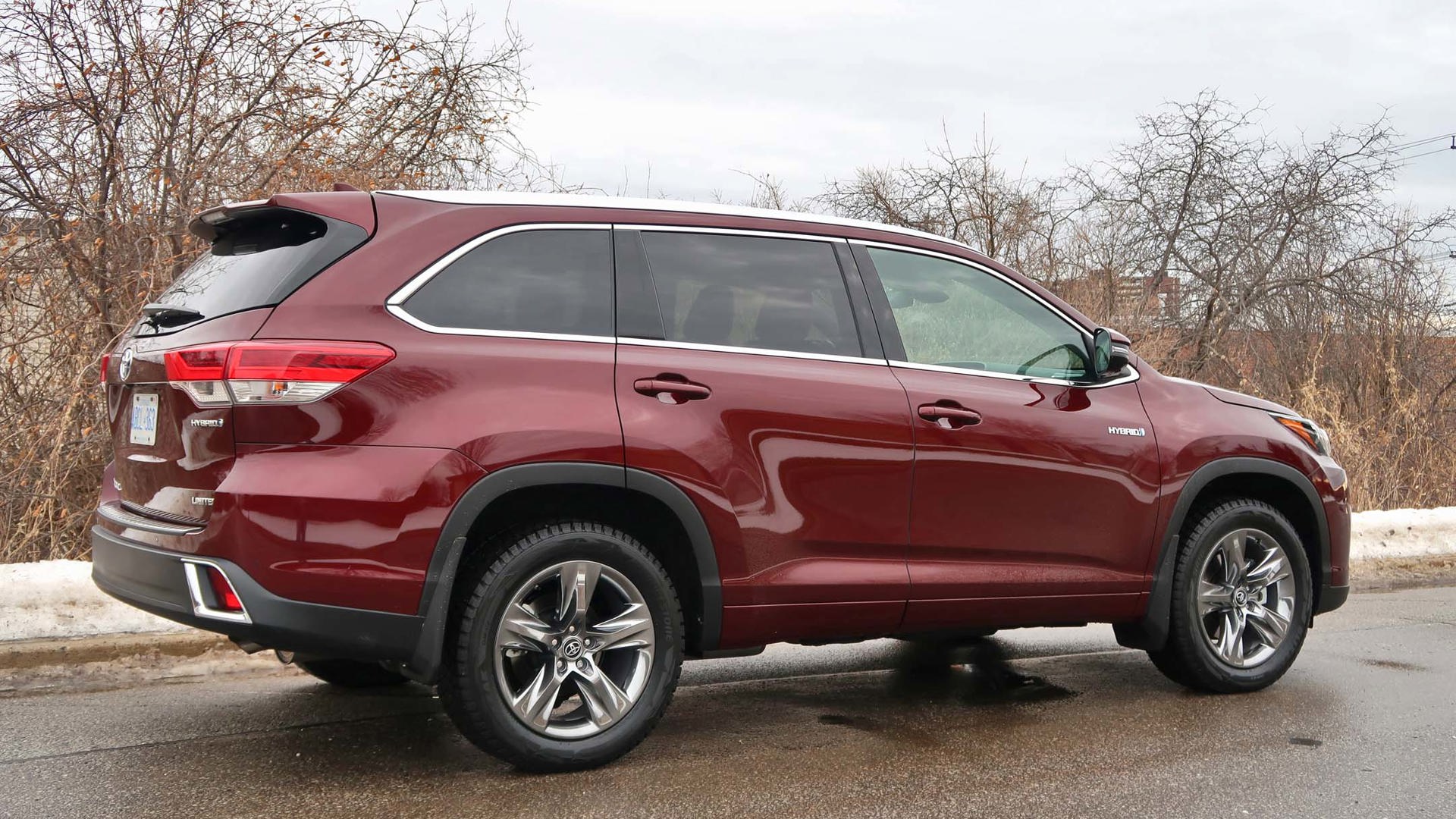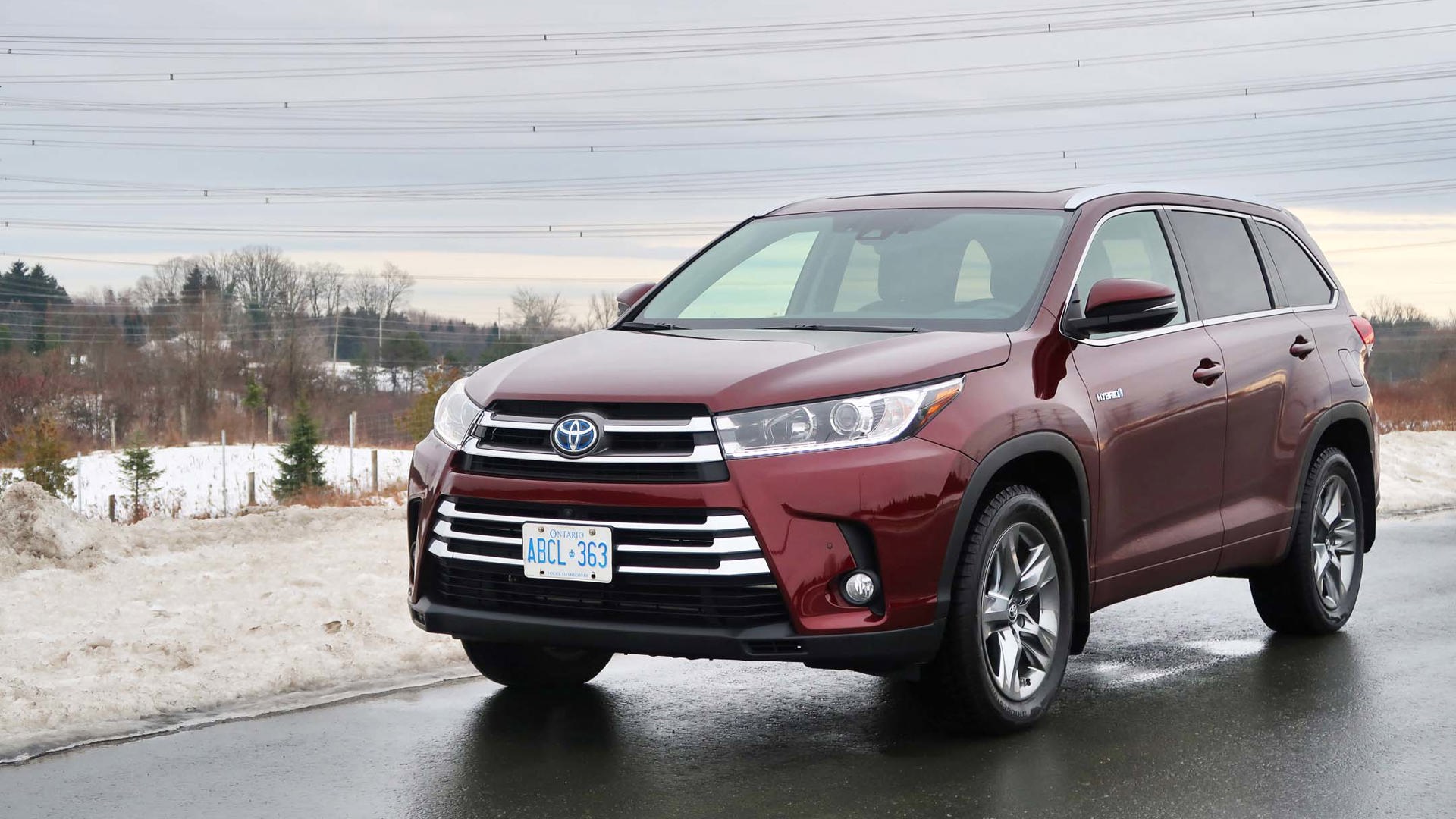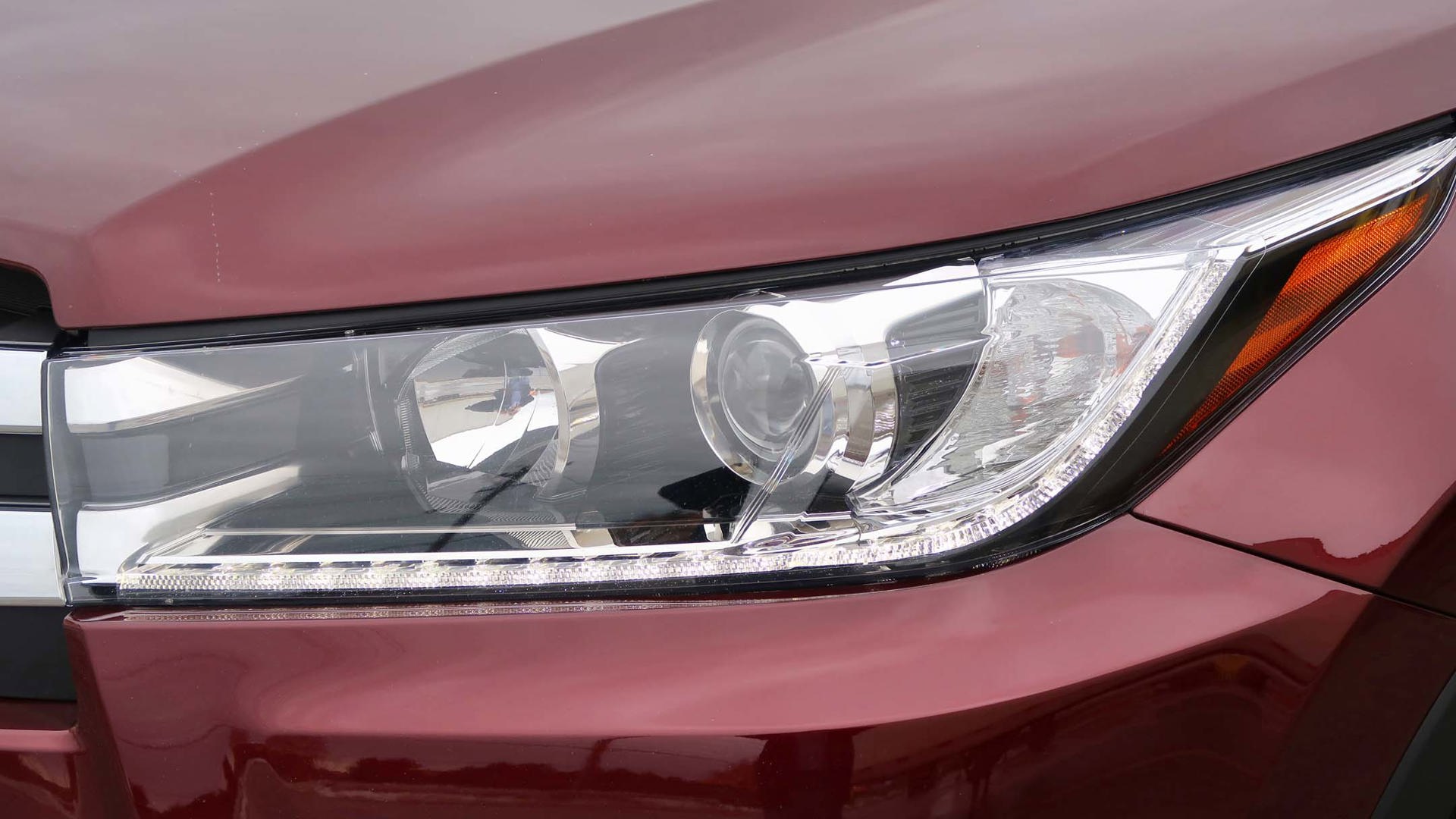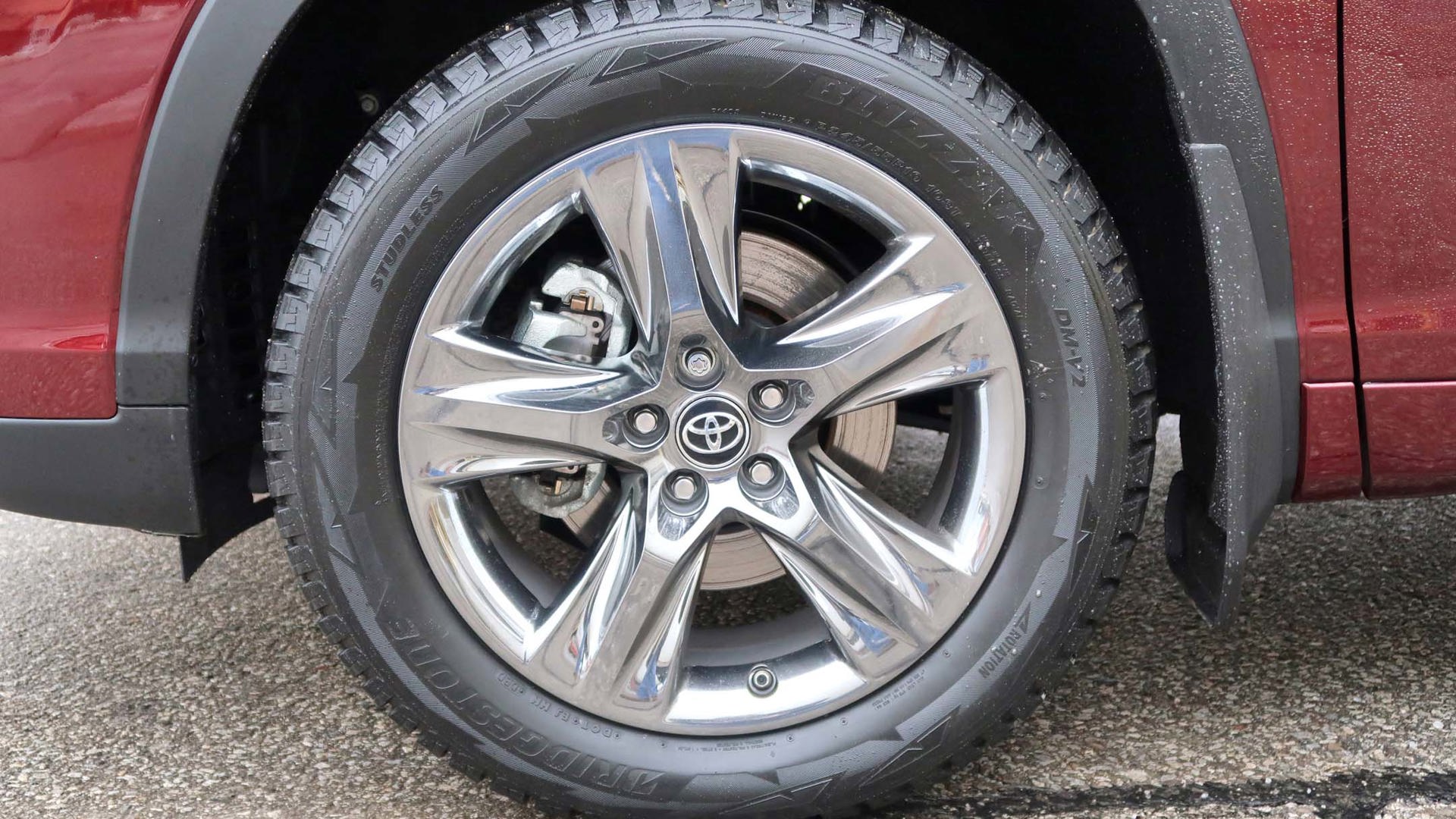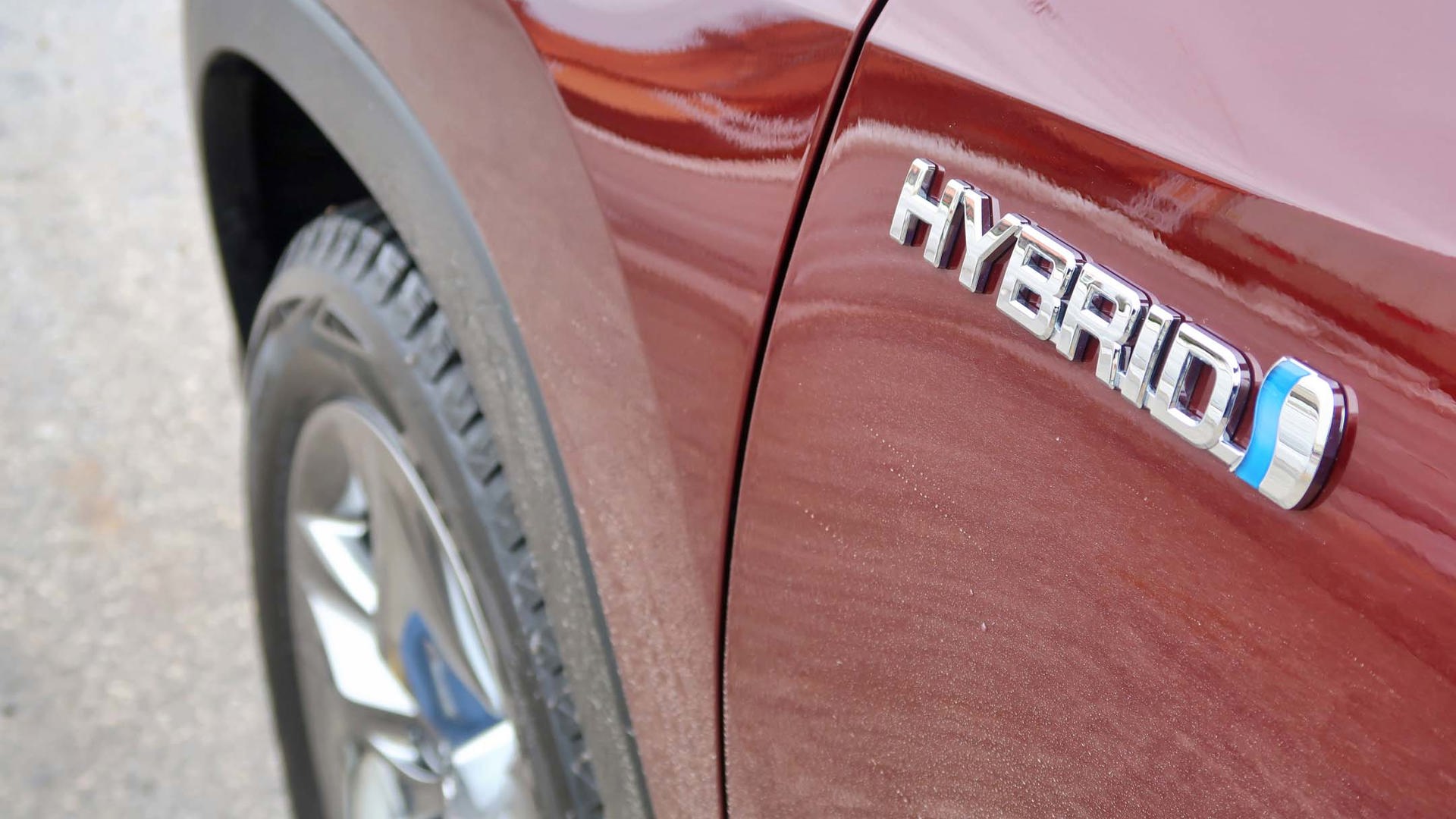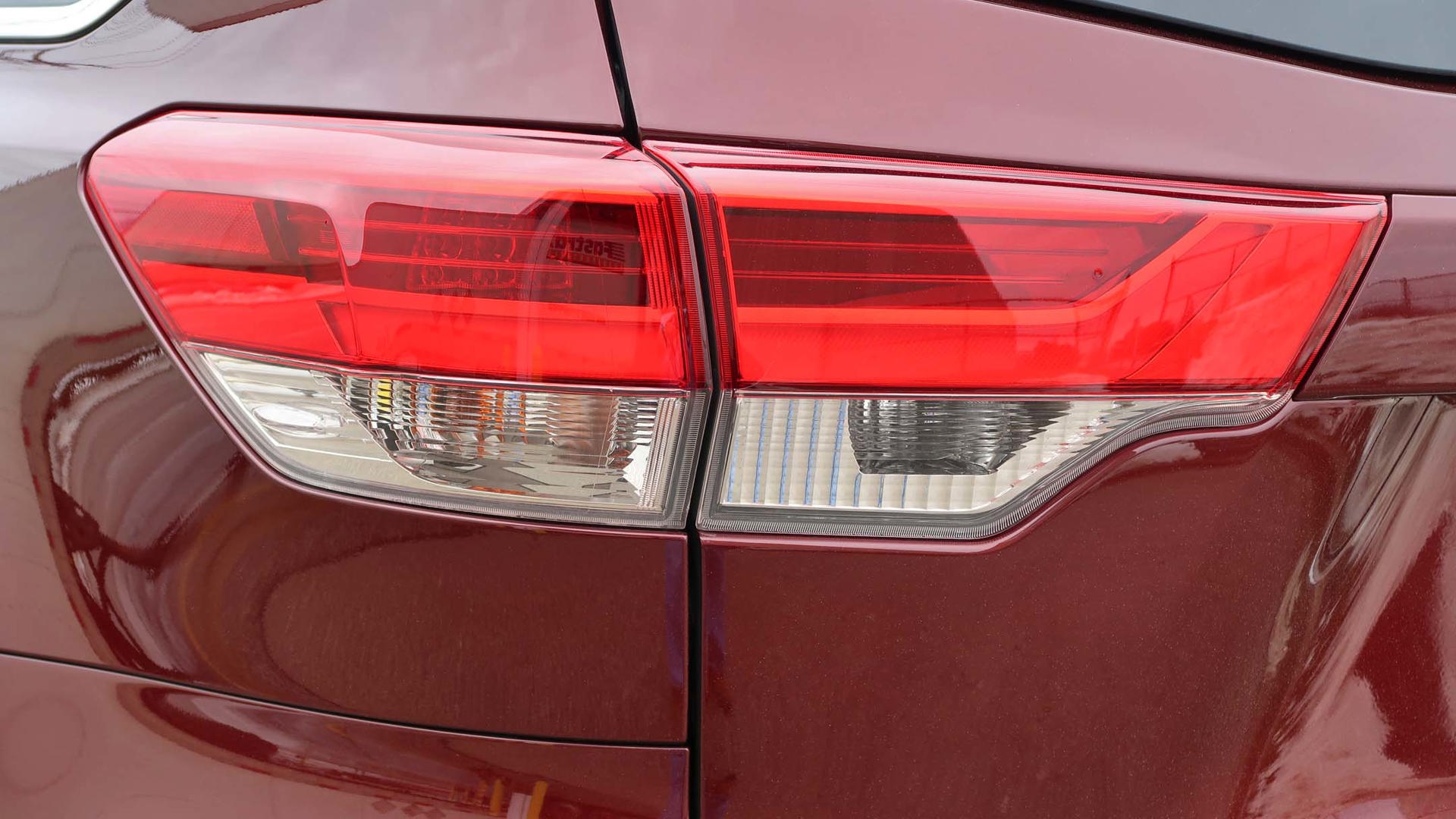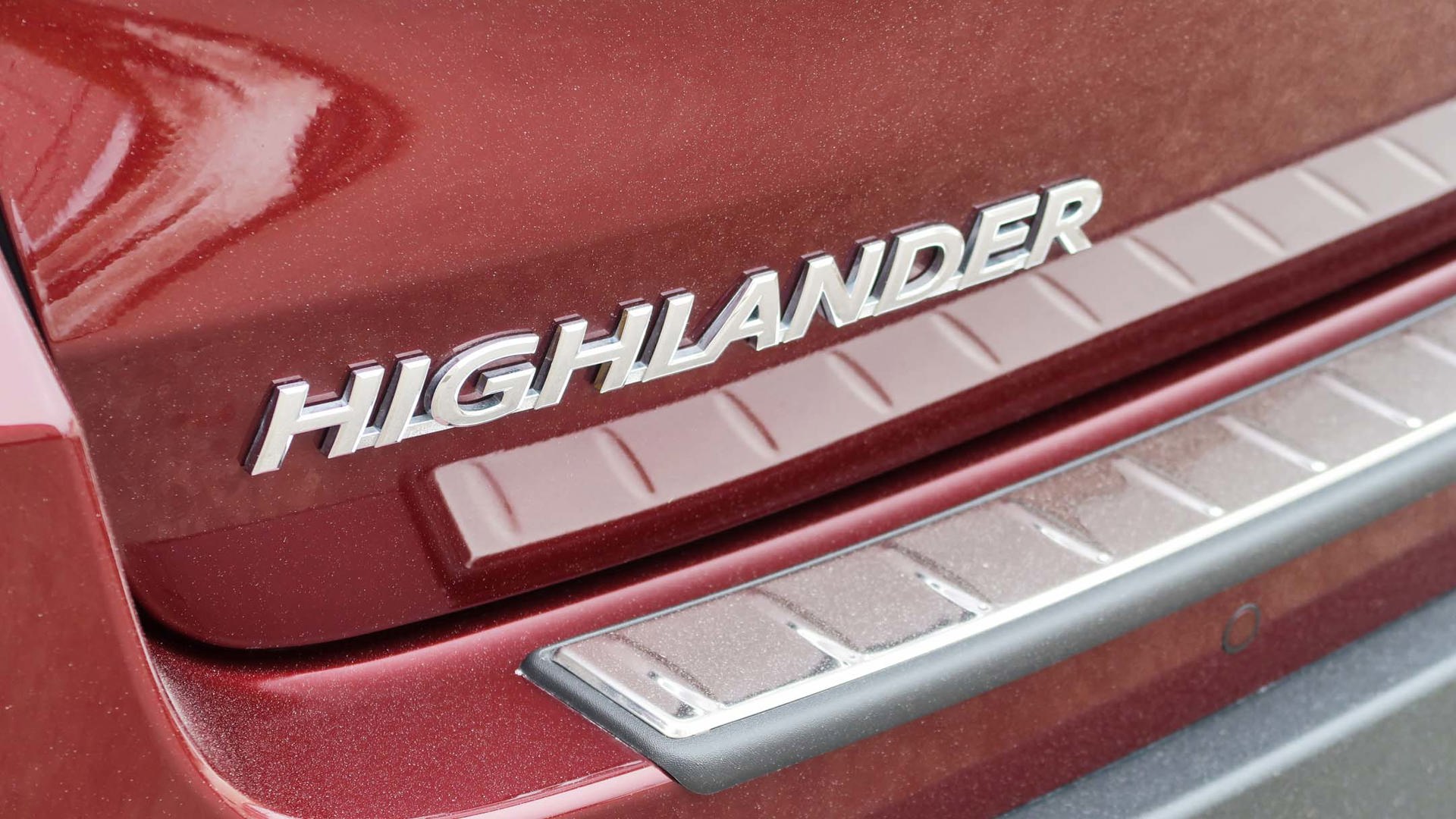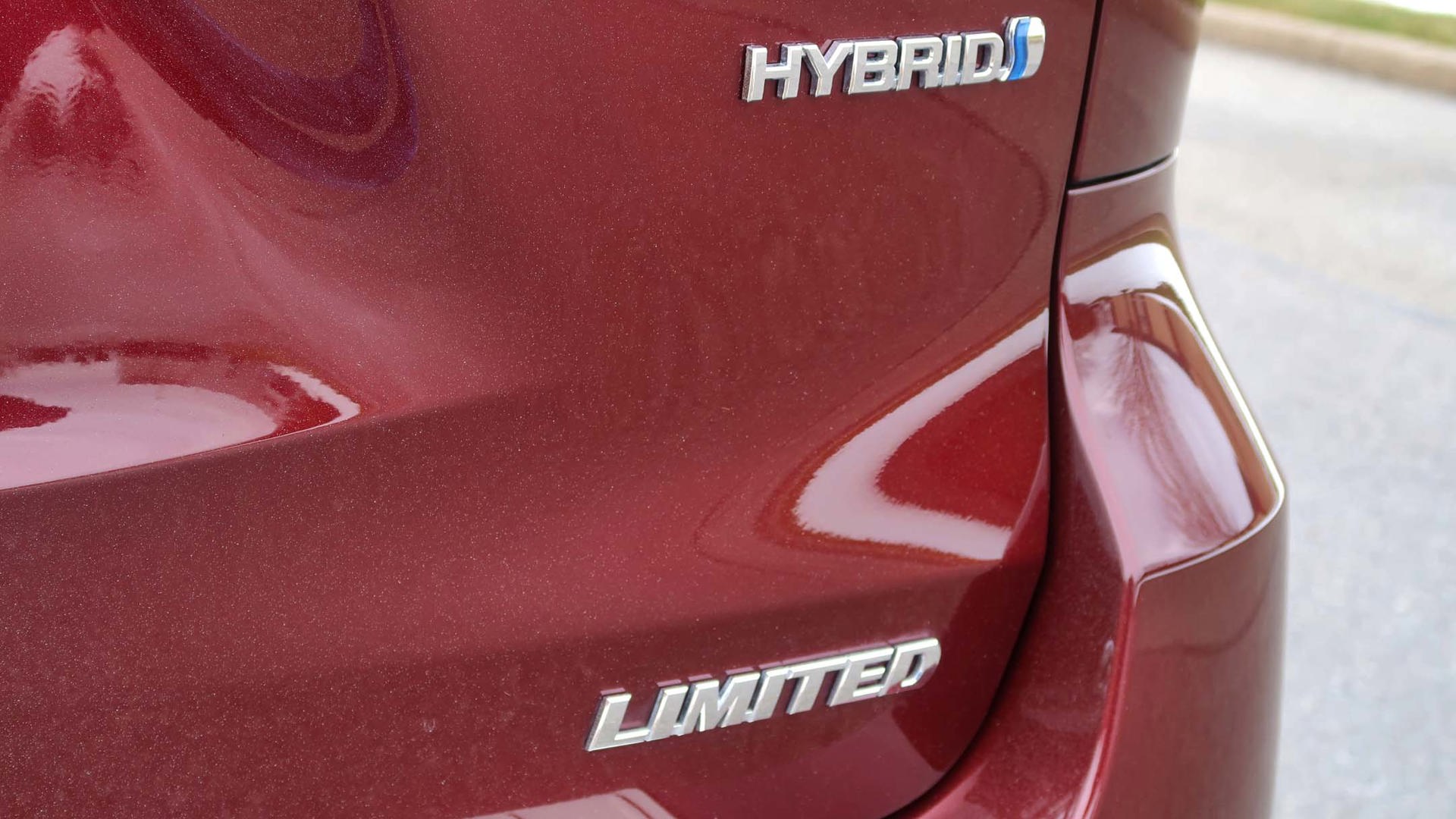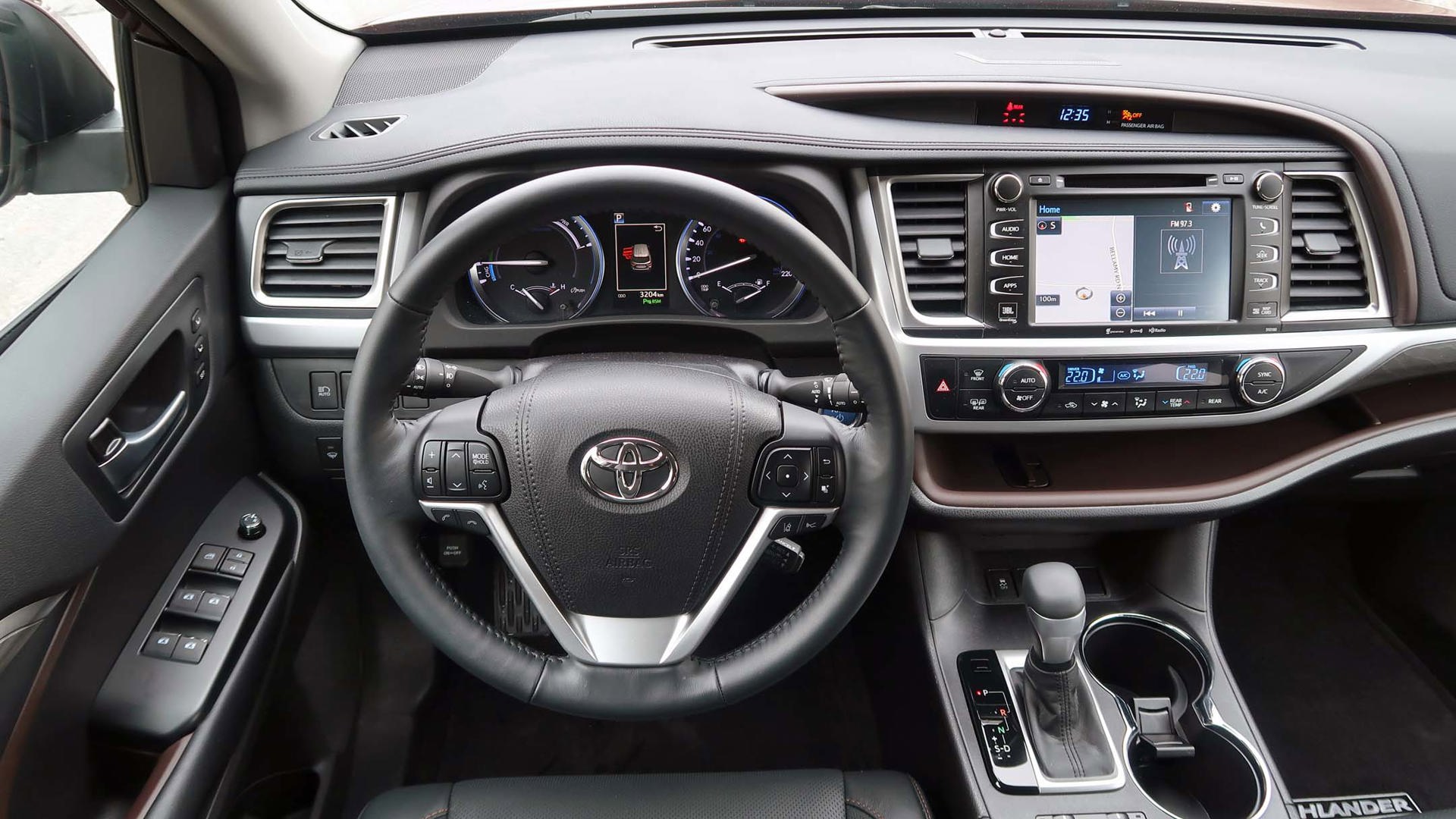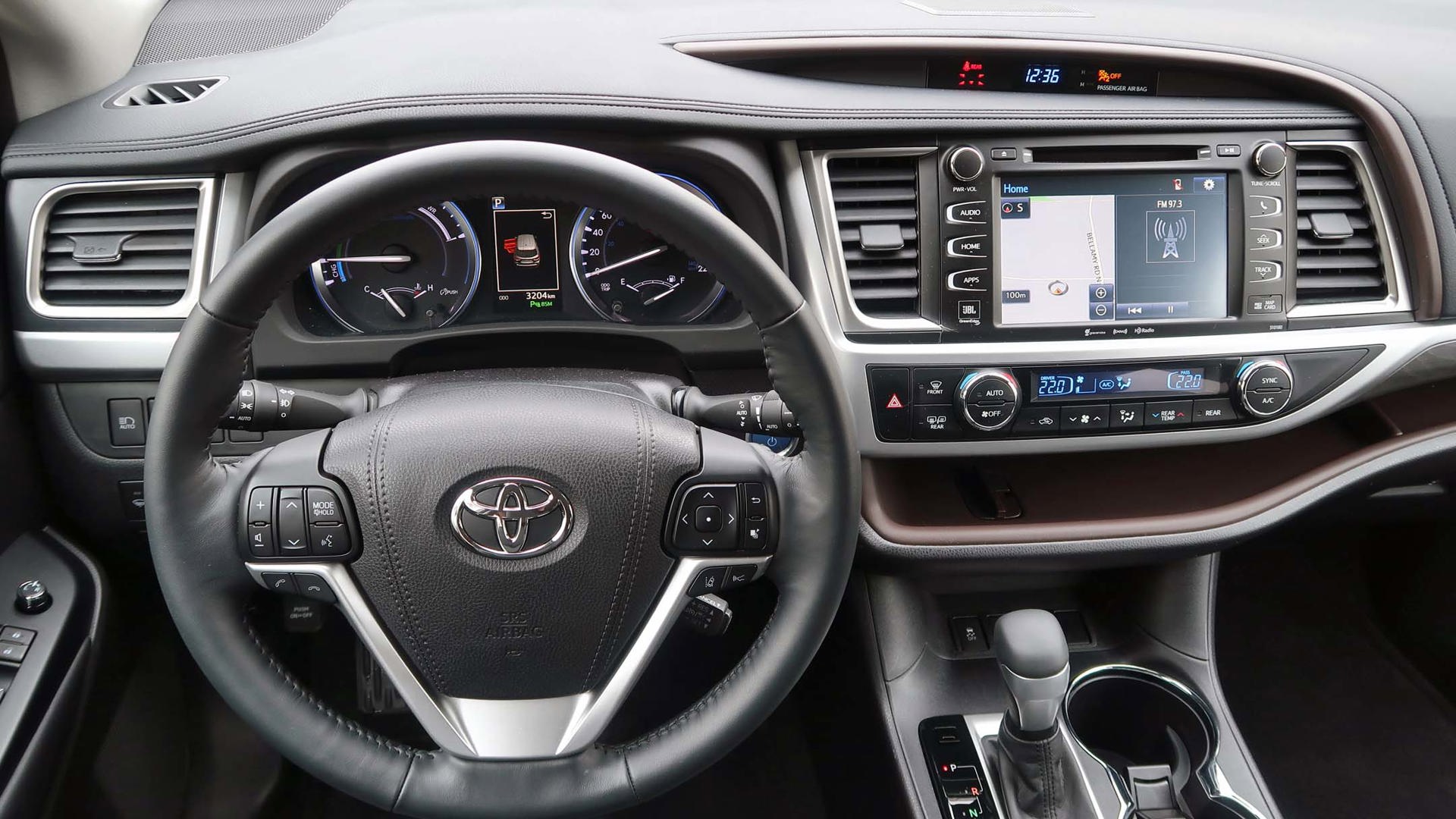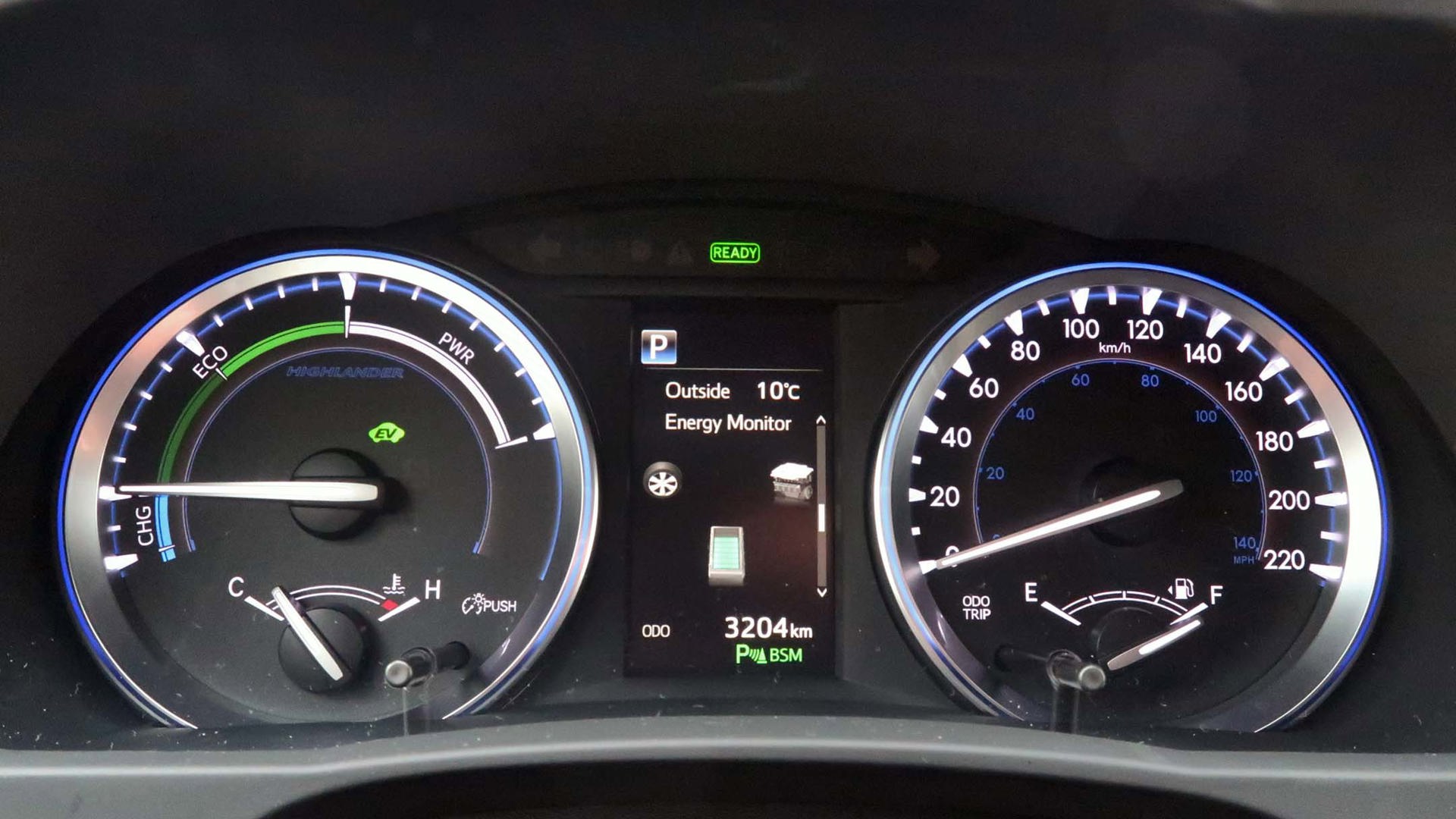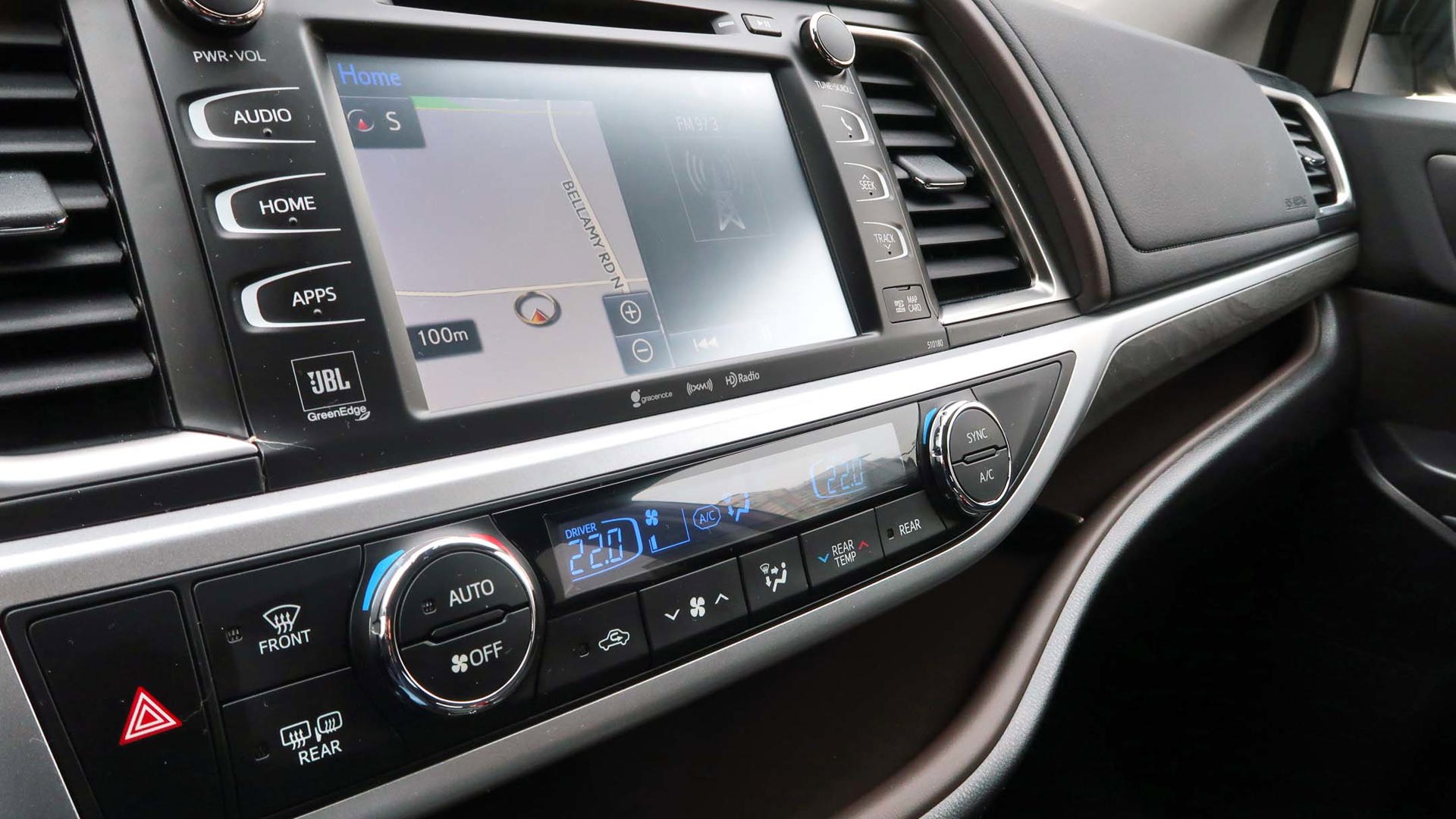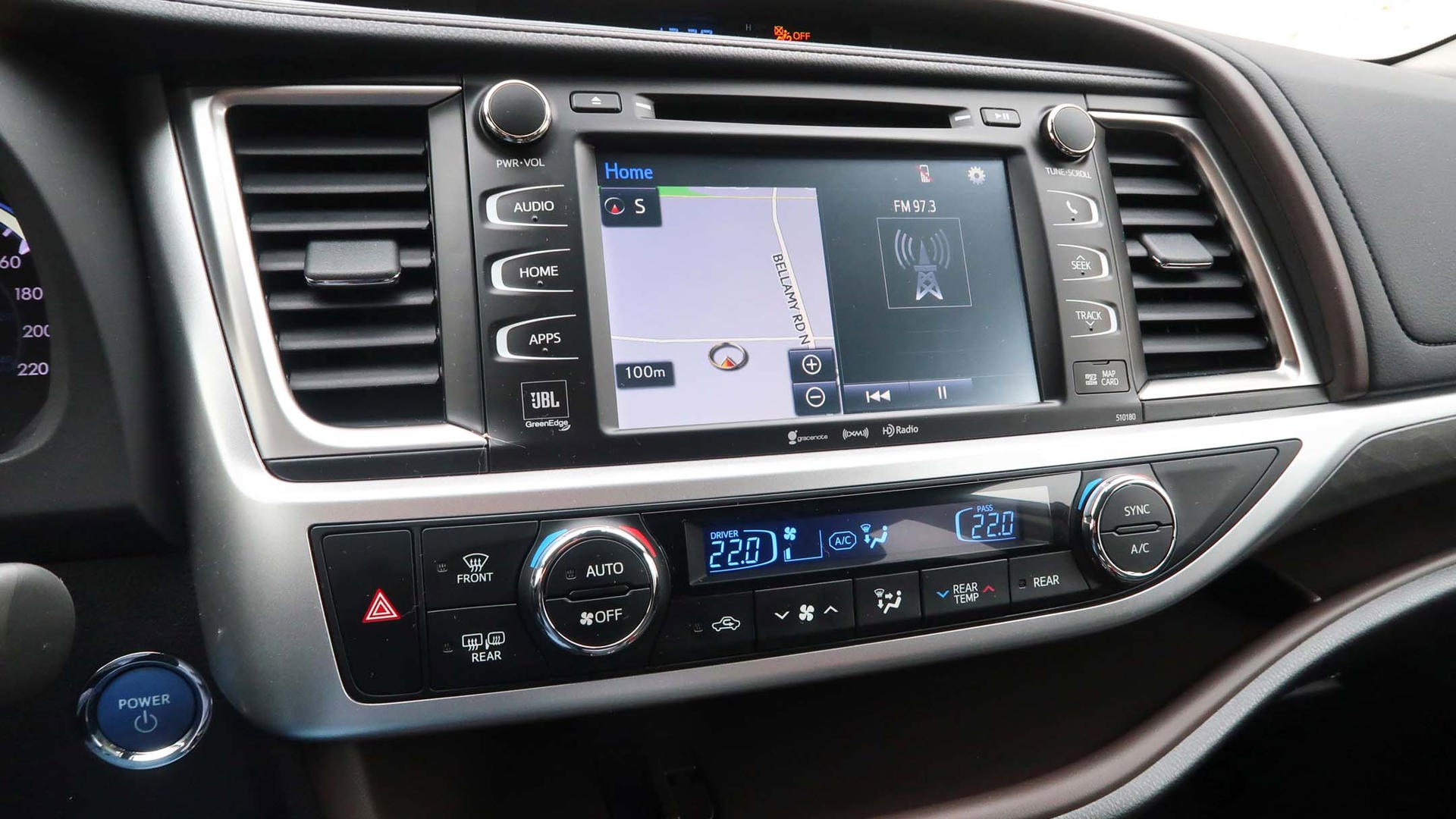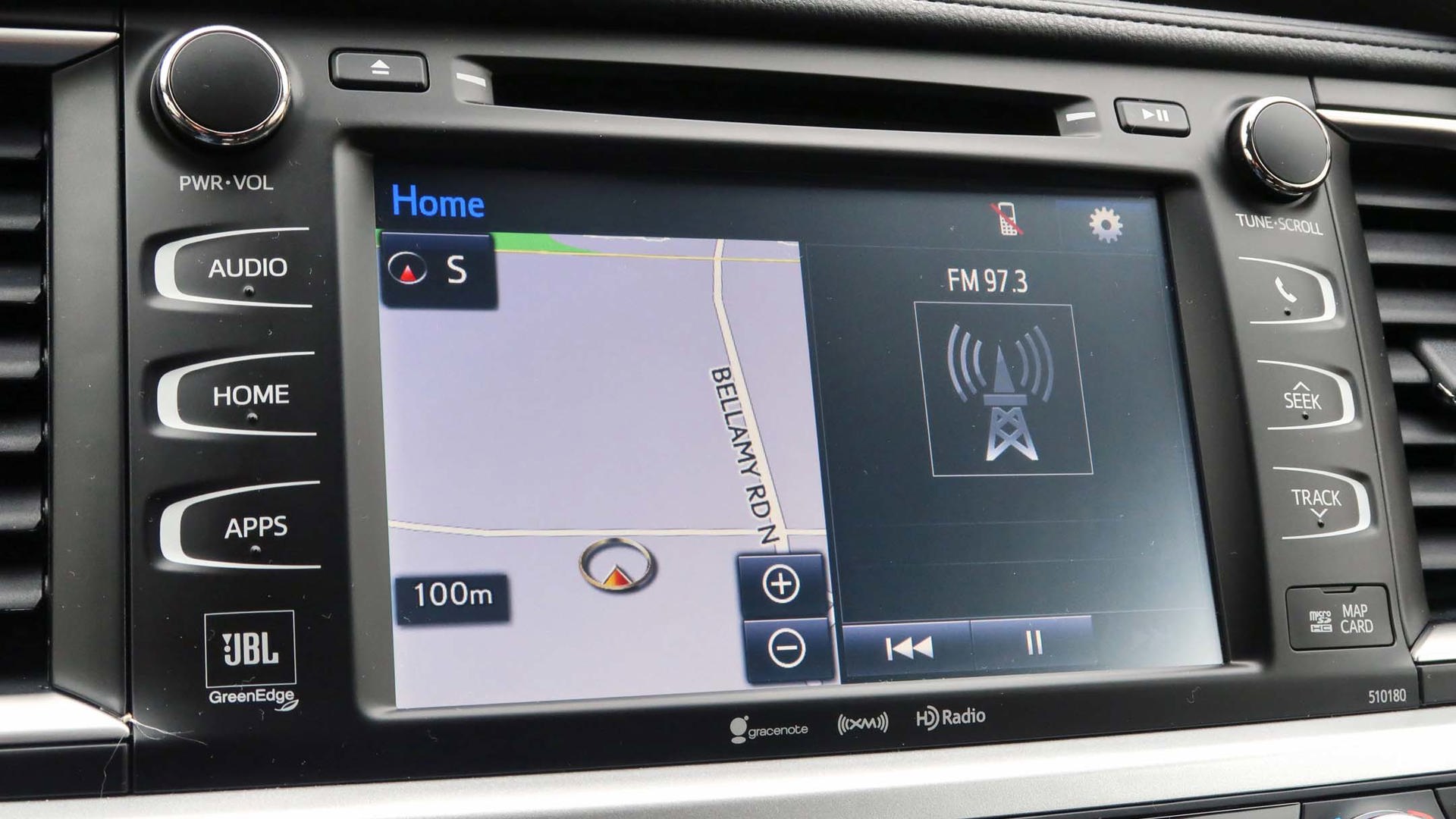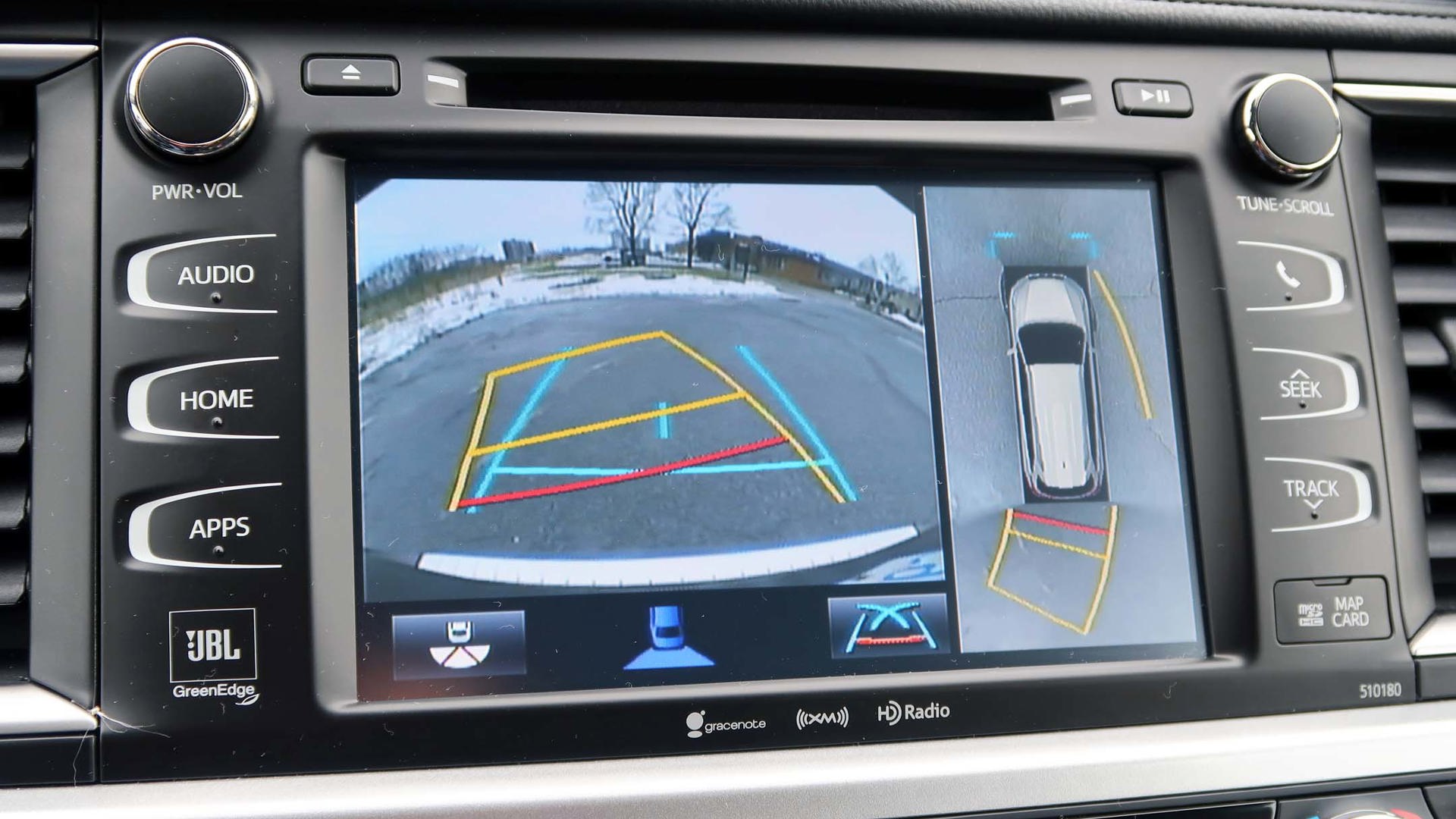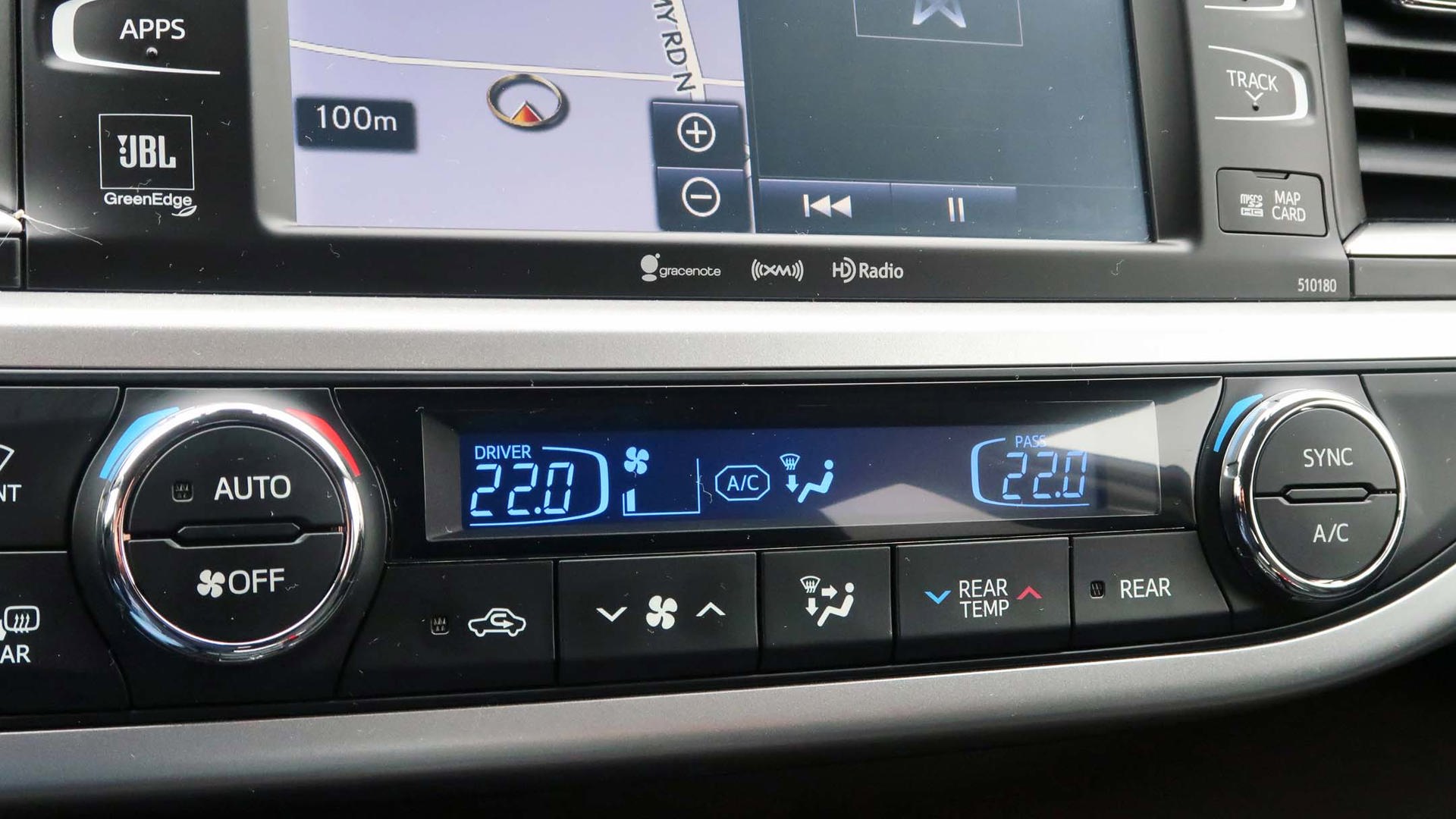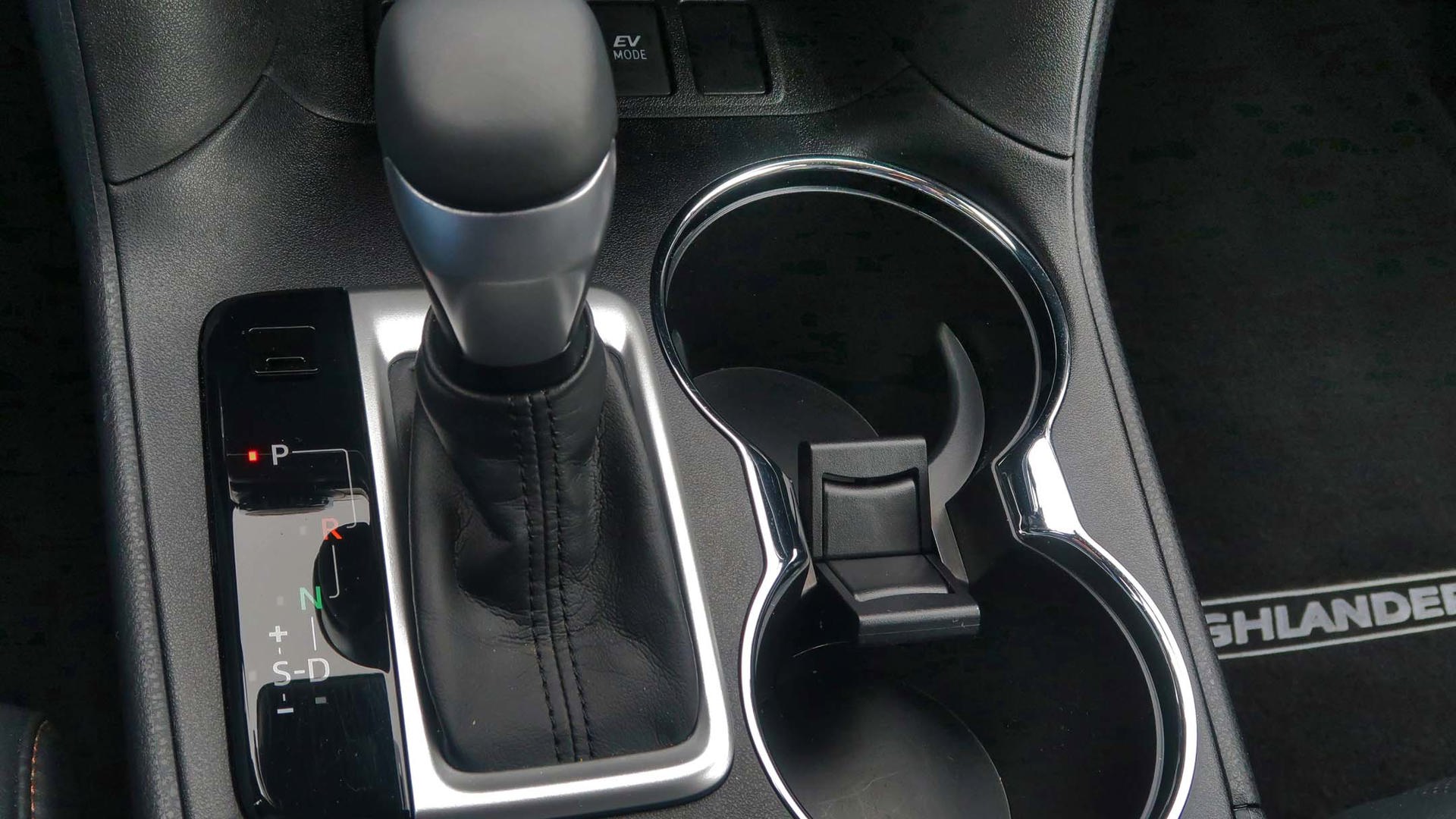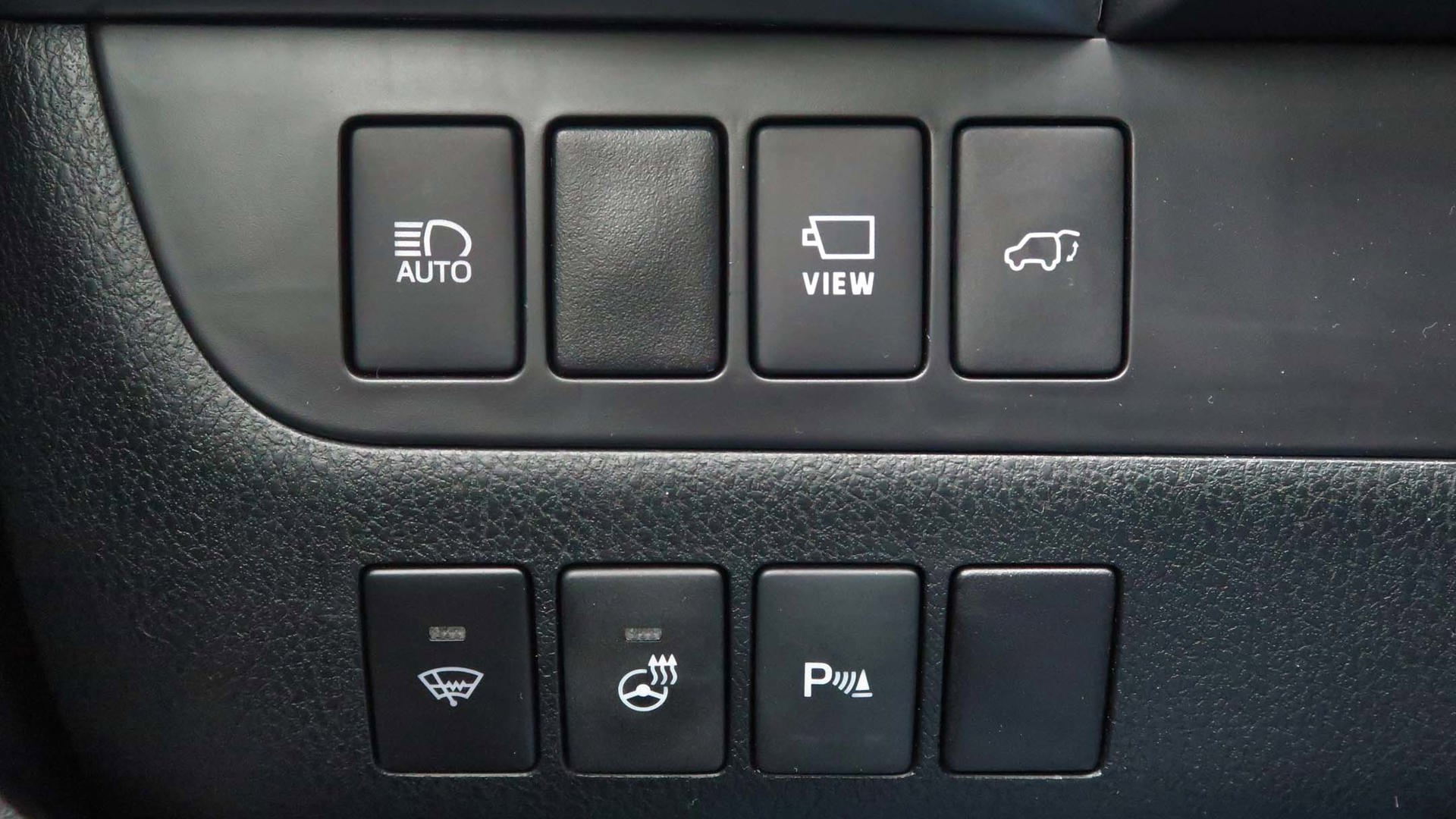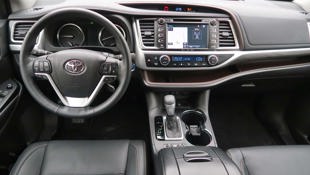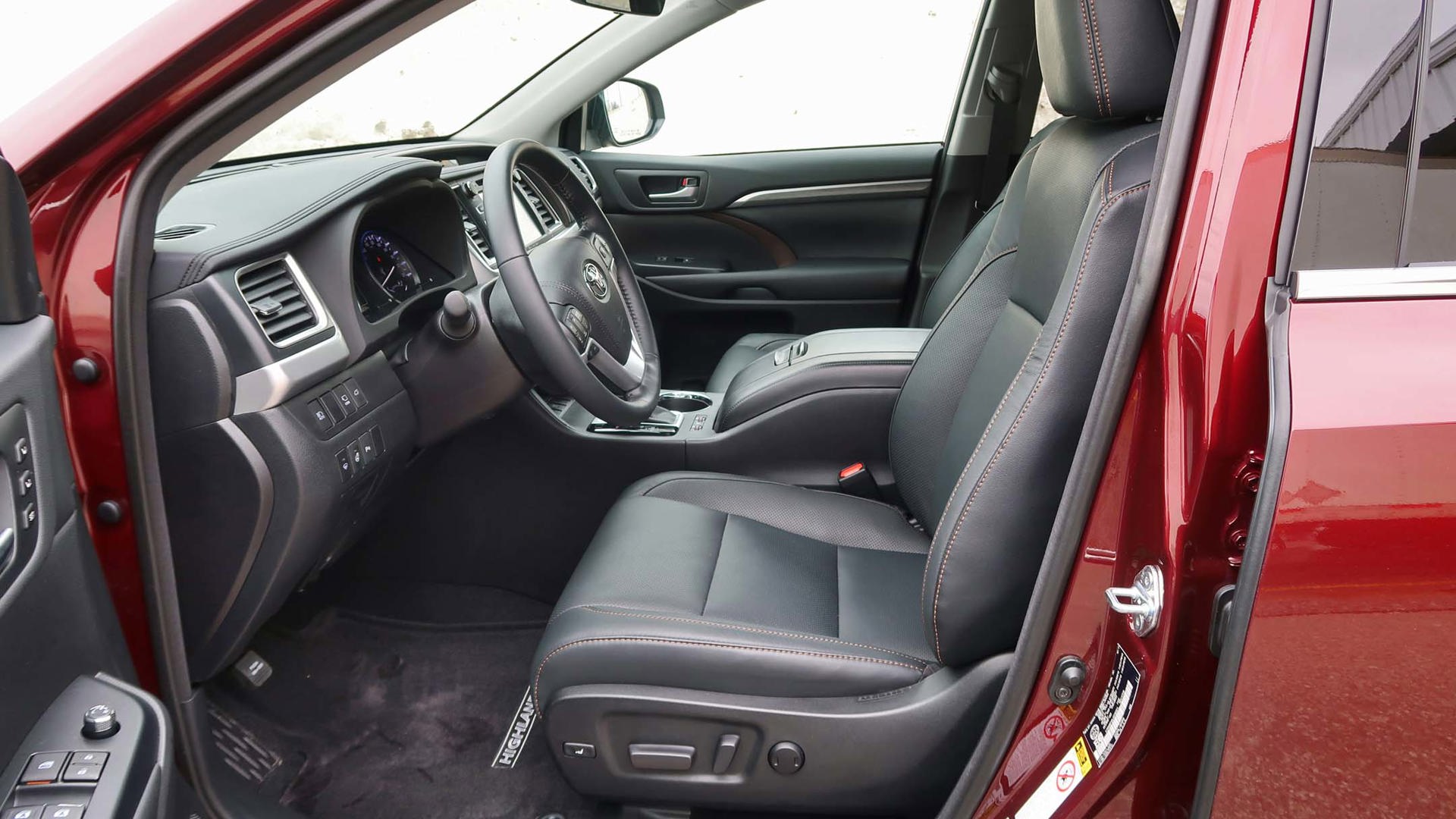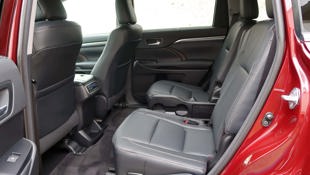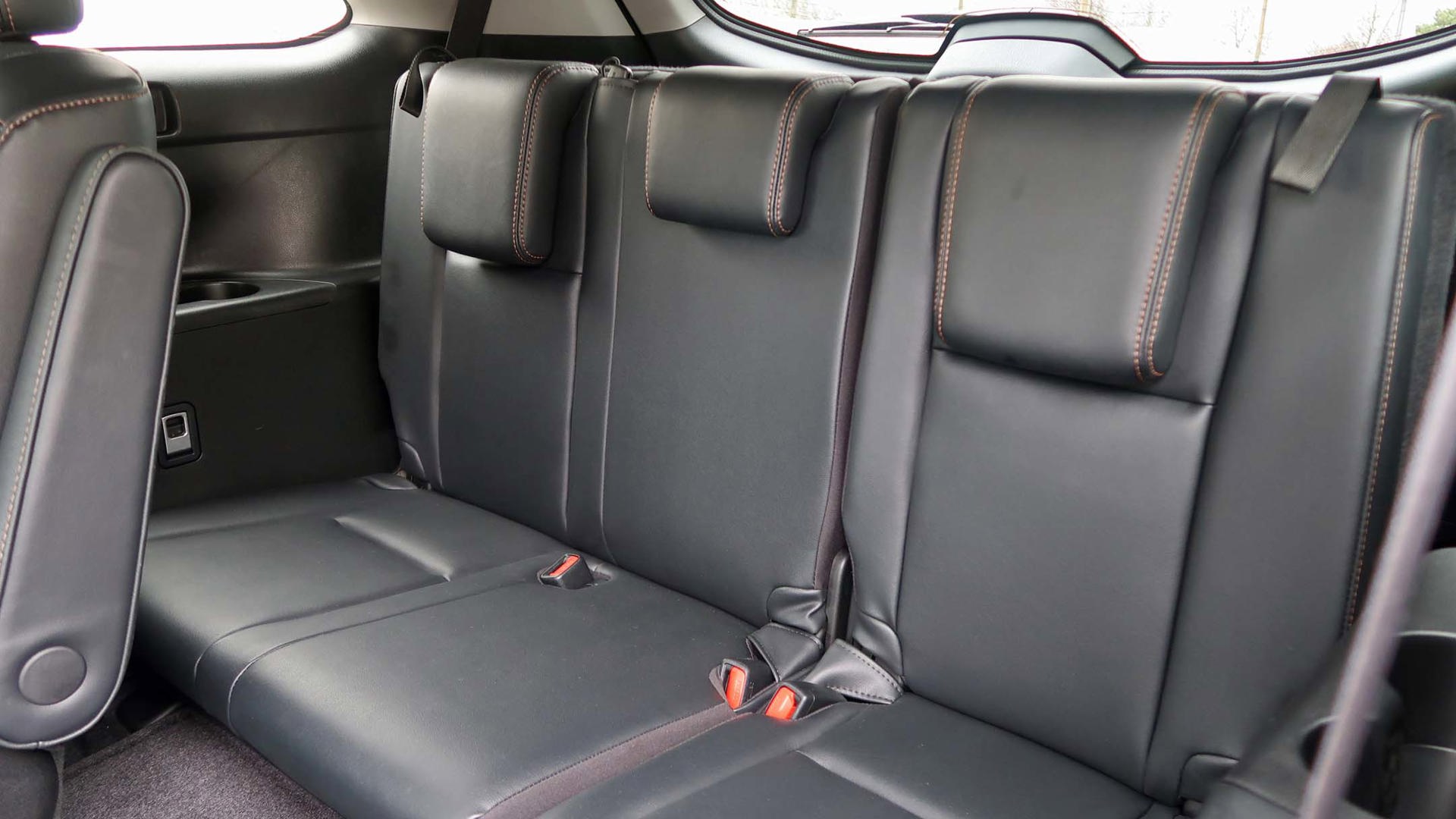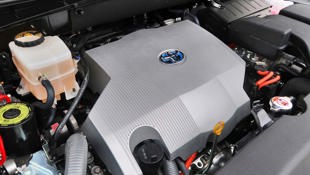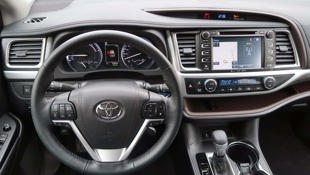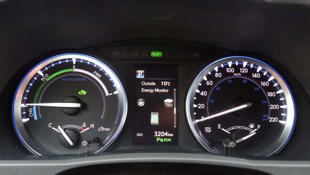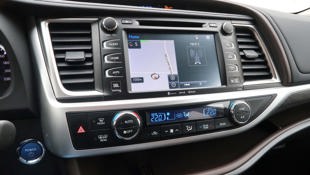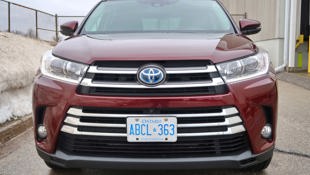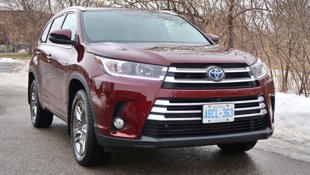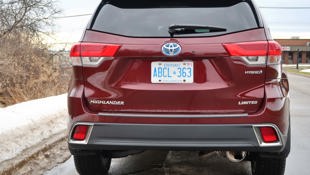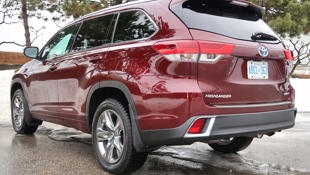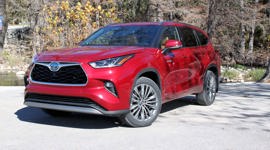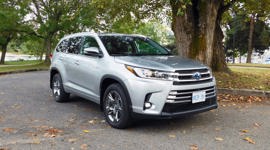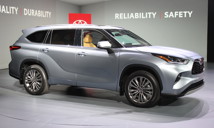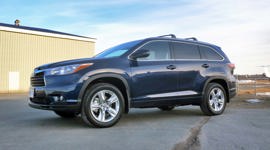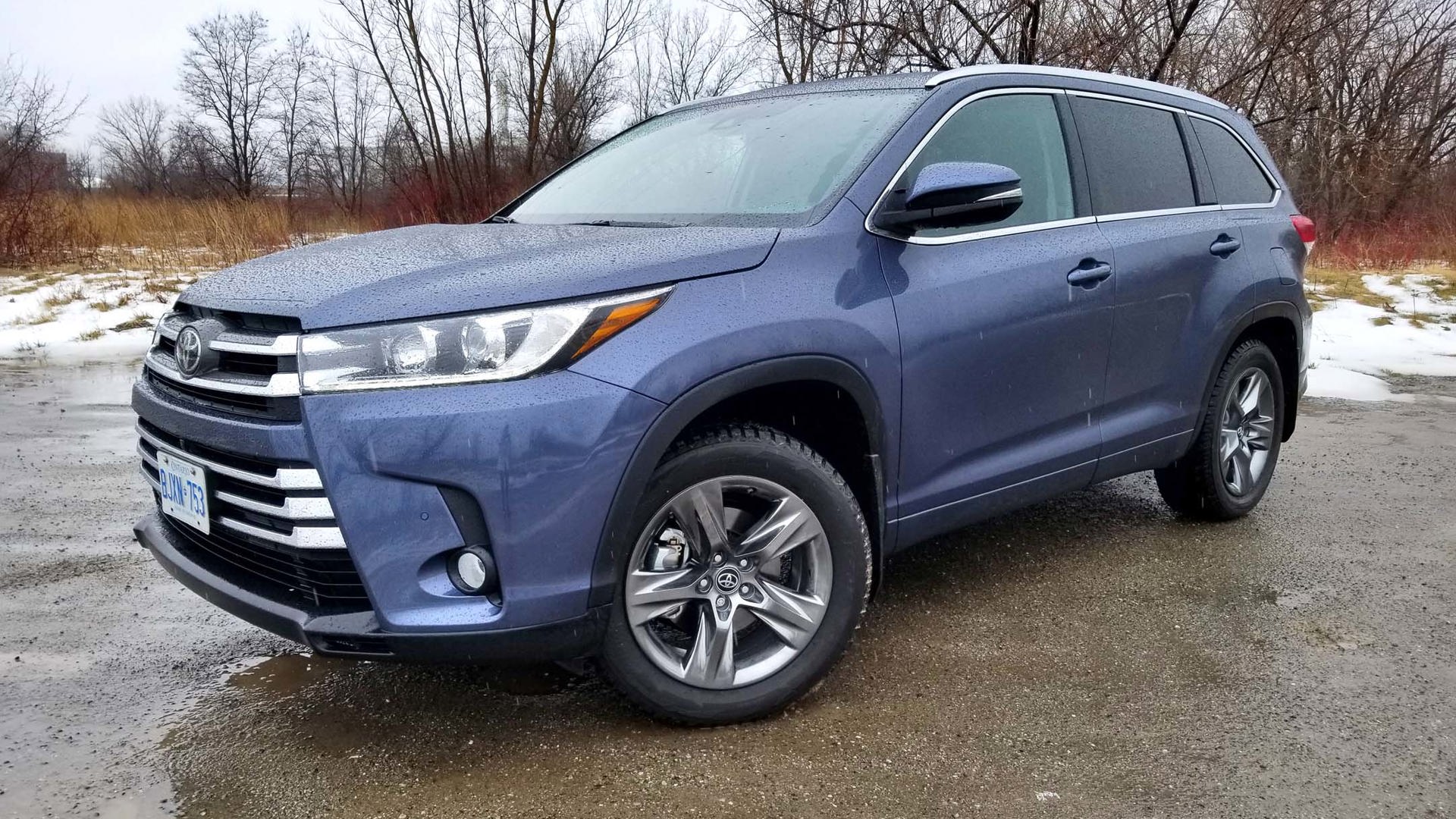 AutoTrader SCORE
AutoTrader SCORE
-
STYLING8/10
-
Safety9/10
-
PRACTICALITY9/10
-
USER-FRIENDLINESS8/10
-
FEATURES8/10
-
POWER8/10
-
COMFORT7/10
-
DRIVING FEEL7/10
-
FUEL ECONOMY8/10
-
VALUE6/10
Choosing a car always comes down to math. What’s the engine size, what’s the horsepower, how big is the interior, and how many people fit comfortably inside? Then there’s the tougher math: how much is it going to cost me? And that can get even murkier when you’re looking at a hybrid.
Unless you want a hybrid just because you want a hybrid, you’ll have to do the math to figure out if you’ll get a payback on the fuel consumption.
The 2018 Toyota Highlander comes in both conventional and hybrid. The regular model starts at $36,450 in LE trim in front-wheel drive, and $38,945 in all-wheel. The XLE and Limited are all-wheel only, priced at $44,945 and $50,945 respectively. But choose the hybrid model, which comes in AWD and in XLE and Limited only, and you’ll pay just over $6,000 more: $50,940 for the Hybrid XLE, and $56,955 for my Limited tester.
Unless you want a hybrid just because you want a hybrid, you’ll have to do the math to figure out if you’ll get a payback on the fuel consumption.
Both Highlander variants use a 3.5L V6 engine, while the hybrid adds electric motors and a nickel-hydride battery. One motor drives the front wheels, while a smaller one kicks in to power the rear wheels when extra traction is needed, providing all-wheel operation without a mechanical driveshaft. The system uses regenerative braking to capture energy and store it as electricity during deceleration, and the Highlander Hybrid doesn’t get plugged in.
On its own, the engine produces 231 horsepower and 215 lb-ft of torque, but the electric motors boost overall output to 306 horsepower and 263 lb-ft of torque. The conventional Highlander uses an eight-speed transmission, while the hybrid sends its power through a continuously variable transmission (CVT).
As with other hybrids, the Highlander switches automatically between electricity, gasoline, or a combination of the two, depending on power requirements. There’s an “EV Mode” button on the console, but I’ve never figured out why Toyota bothers to include it. The idea is that the vehicle runs solely on its battery when you activate the switch, but it only does so at low speeds and with a light foot – and if that’s how you’re driving, the Highlander usually goes into battery-only on its own anyway. Should you exceed its parameters, which is often, the EV mode simply shuts off and returns to normal hybrid operation.
Unlike conventional vehicles, hybrids tend to return better fuel economy in city driving than on the highway, since they’re able to run more often on their batteries alone in stop-and-go traffic. Still, there’s only so much you can do with a large, heavy vehicle, and the Highlander Hybrid’s published rates are pretty close to each other: 8.1 L/100 km in the city, and 8.5 on the highway. I came very close to it over a few days of mostly urban manoeuvres, at 8.2 L/100 km, but over two five-hour stints on the highway in very cold weather, my tester returned 10.7 L/100 km.
That’s still pretty good – the conventional AWD Highlander is rated as high as 12.1 L/100 km in the city – but factor in that you’ll probably be at least a little higher in real-world driving when you’re doing your math.
The Highlander Hybrid can make some odd noises – I noticed some groaning and clicking from the drive system, especially right after coming to a stop, and a fair bit of tire noise makes its way into the cabin – but it’s a decent driver overall. The ride is supple enough to be comfortable, but it still feels well-planted, and with no more body roll than I’d expect on a tall SUV around tight corners. The steering is easy without being too light, and while there’s not a lot of feedback through the wheel, the Highlander’s responsiveness makes it feel smaller than it is.
Toyota has recently started equipping its vehicles with some fairly high-tech active safety features, and all Highlander models include adaptive cruise control, emergency braking with pedestrian detection, lane-departure alert that uses the electric power steering to guide you back over if you drift out of your lane, and automatic high-beam headlamps. The higher trim levels, including both hybrid trims, add blind spot monitoring with cross-traffic alert, and Limited models have front and rear sonar parking assist. The adaptive cruise control – which maintains a pre-set distance from the vehicle ahead – tended to be jerkier than many I’ve driven, though.
Inside, both trims include touchscreen infotainment with navigation, satellite radio, rear-view camera, three-zone automatic climate control, second-row sunshades, and heated leather seats. The Highlander’s Limited tag adds premium stereo, bird’s-eye camera, heated steering wheel, ventilated front seats, and heated second-row captain’s chairs in place of the XLE’s second-row bench seat.
Several years ago, my husband and I took a Highlander on a road trip. Our legs cramped up in the first hour, and it only got worse from there. Toyota has since made some much-needed improvements to the seats, and although the cushions are still a little short, I was okay after five hours behind the wheel. The second-row chairs are also comfortable and supportive, but the third-row bench is another story.
Like so many vehicles that squeeze three rows into a cabin better suited for two, the Highlander’s third row is hard, flat, very cramped, and not easy to access unless you’re small enough to still be in grade school. Fortunately, if you don’t need them, they fold flat for extra cargo space.
And the Highlander is very good at useful space. There are small bins on the sides of the rear cargo area, and the Limited’s second-row captain’s chairs include a folding table. The centre console box is a thing of beauty, a huge deep bin with curved sliding lids that doubles as a comfy armrest. And I love the equally curvy shelf under the dash, where I stuffed gloves and scarves for easy access. A removable cover lets you put your phone up top, and snake the cord down to the charging ports below.
Toyota can sometimes get a little too sharp-edged and over-styled with its products, but the Highlander is a good-looking vehicle, especially since it’s big enough to pull off the huge maw-mouth grille that can overwhelm smaller cars like the Yaris. Both Highlander Hybrid trim levels include a power liftgate, roof rails, LED headlights and taillights, and fog lamps, while the Limited has 19-inch wheels to the XLE’s 18-inchers, a panoramic glass roof to the XLE’s smaller sunroof, and its wipers are rain-sensing.
So should you go for the hybrid version? As with any other model, a lot of drivers buy more vehicle than they need, with the resulting increase in both sticker shock and fuel consumption. But if your lifestyle fits the Highlander’s size, this is overall a well-done trucklet with good bones and a practical interior. Check the price, do your math, and decide if conventional or hybrid is the Highlander for you.
| Engine Displacement | 3.5L |
|---|---|
| Engine Cylinders | V6 |
| Peak Horsepower | 306 hp combined |
| Peak Torque | 263 lb-ft @ 4,700 rpm |
| Fuel Economy | 8.1/8.5/8.3 L/100 km city/hwy/cmb |
| Cargo Space | 385 / 1,189 / 2,339 L behind 3rd / 2nd / 1st row |
| Model Tested | 2018 Toyota Highlander Hybrid Limited |
| Base Price | $56,955 |
| A/C Tax | $100 |
| Destination Fee | $1,785 |
| Price as Tested | $58,840 |
|
Optional Equipment
None
|
|
